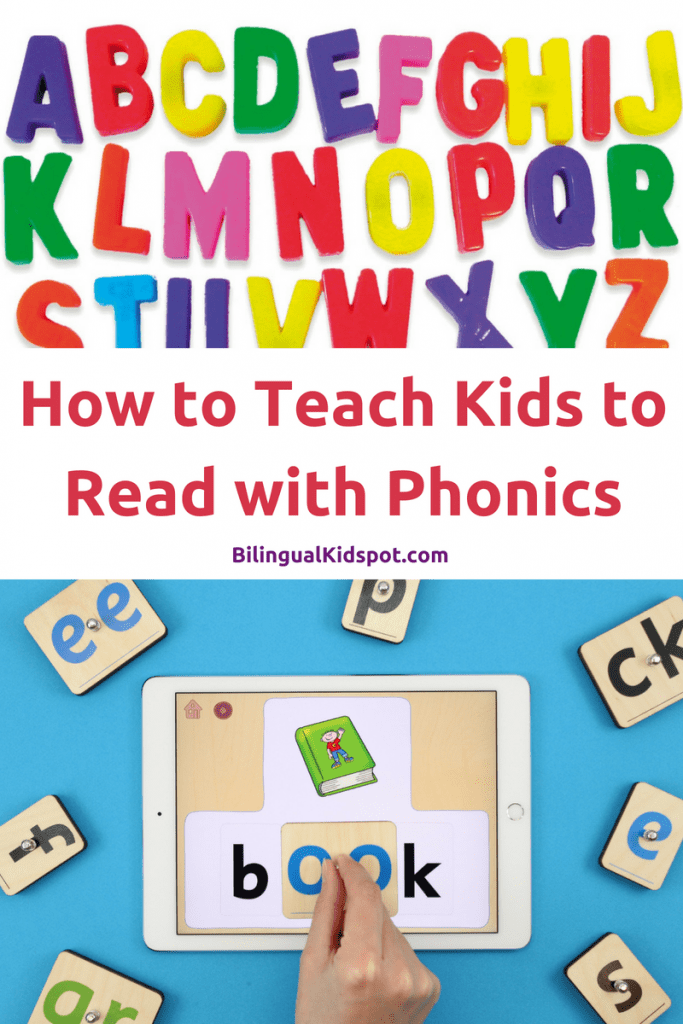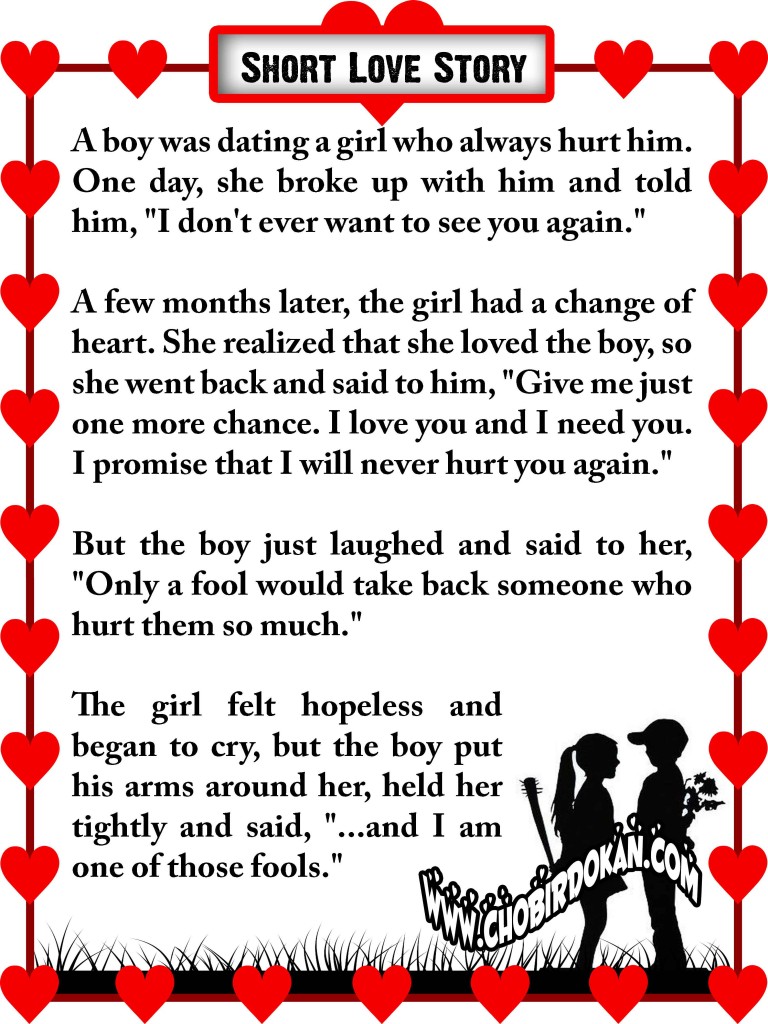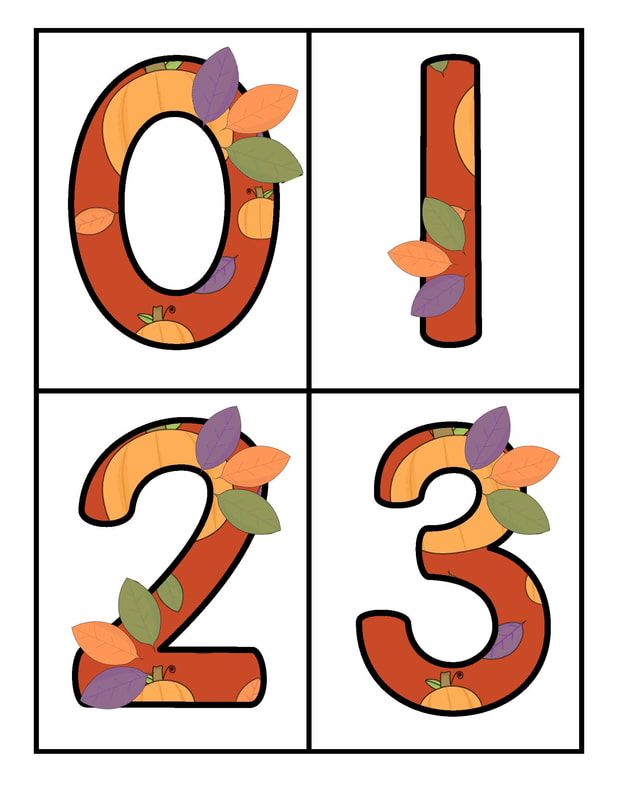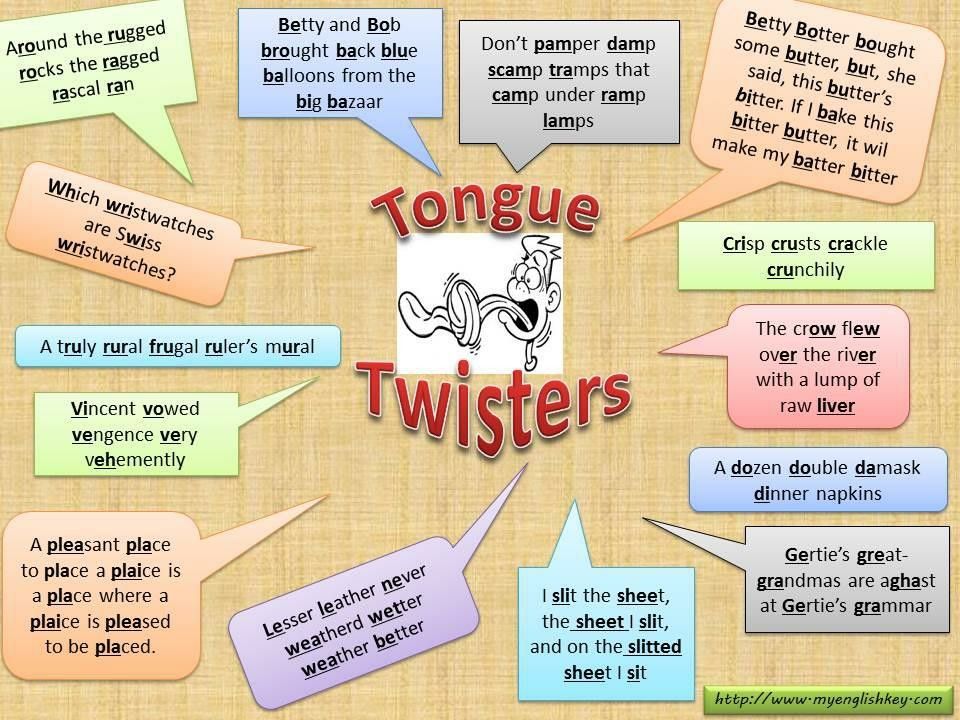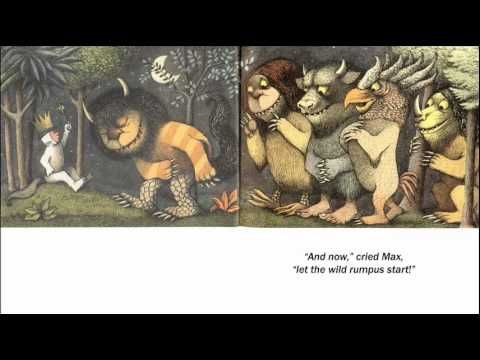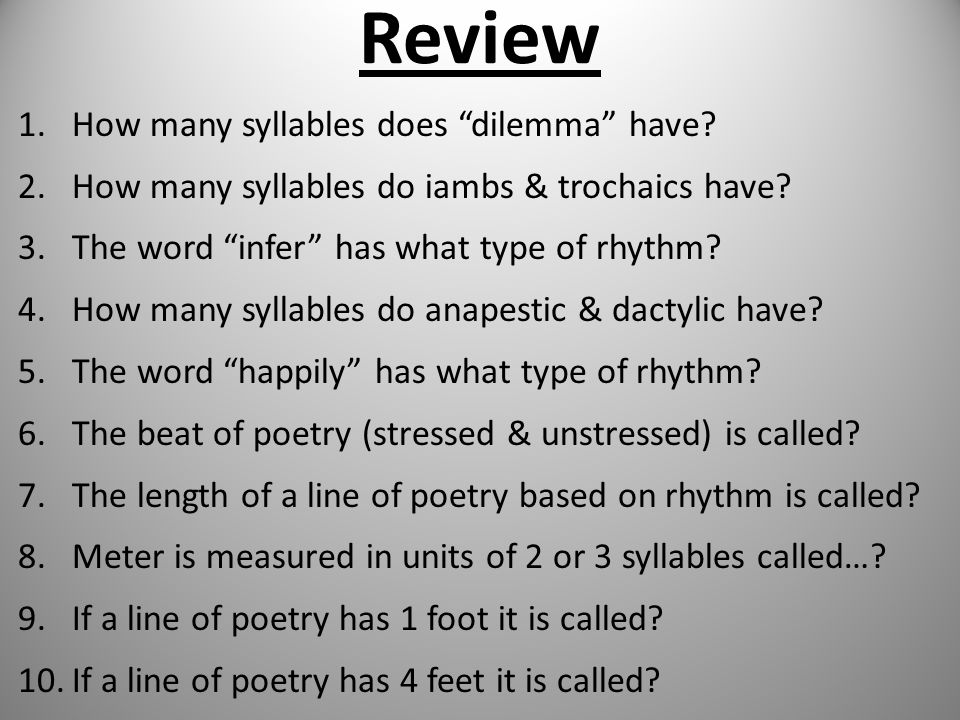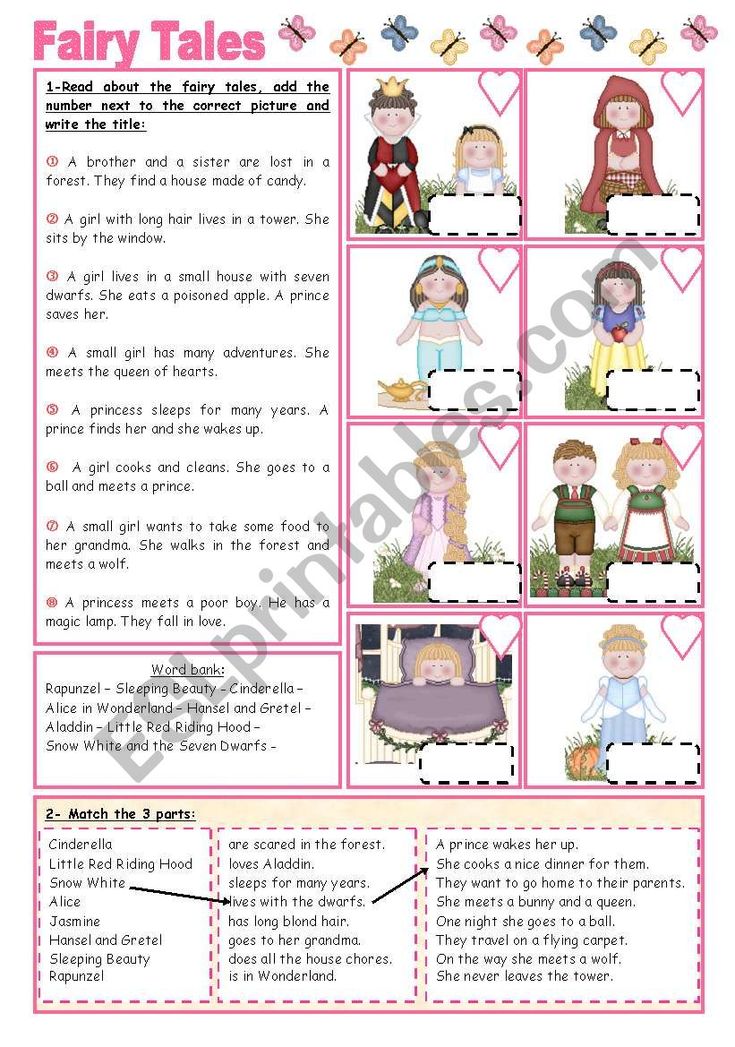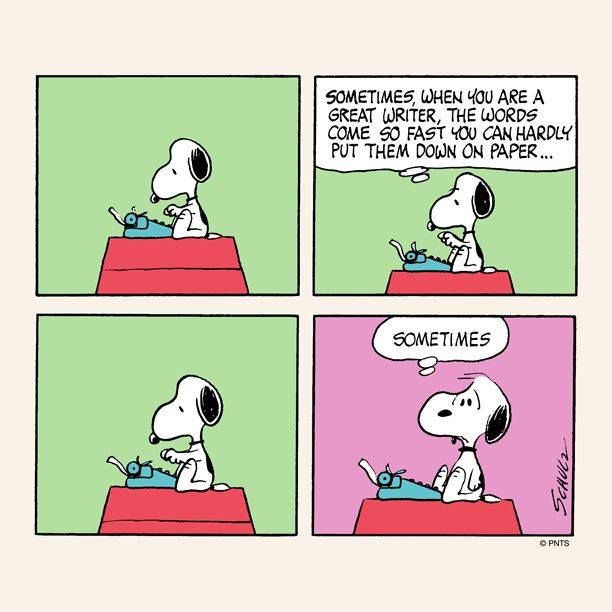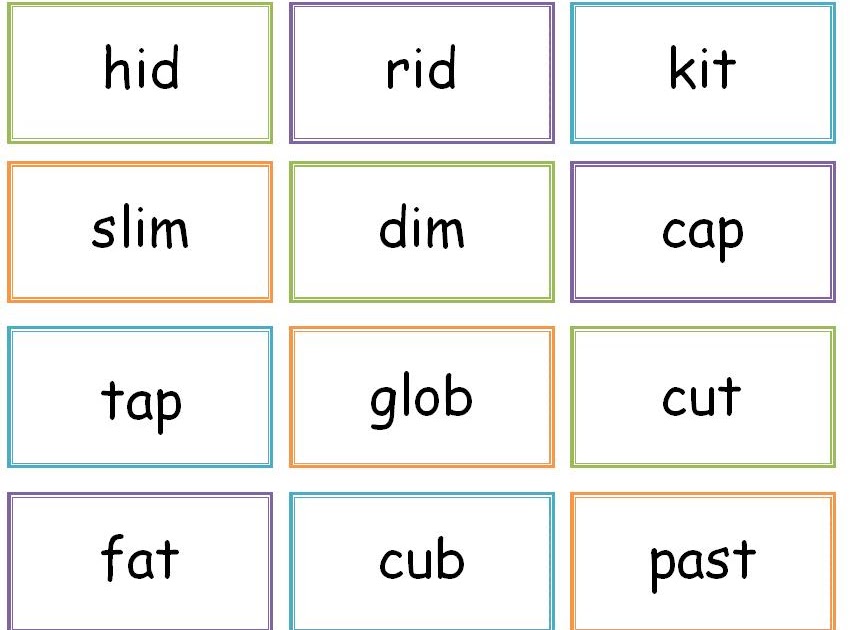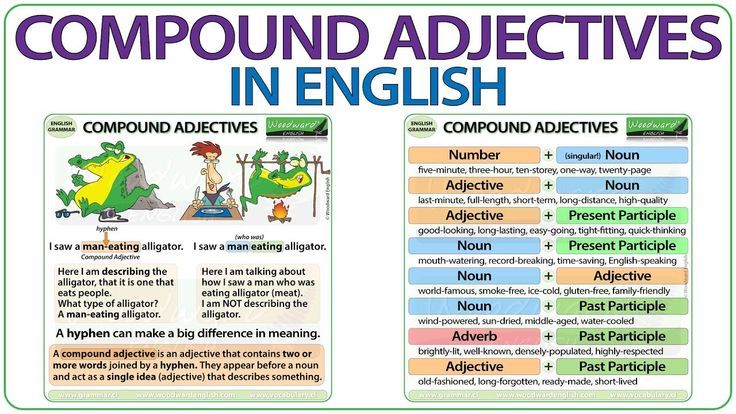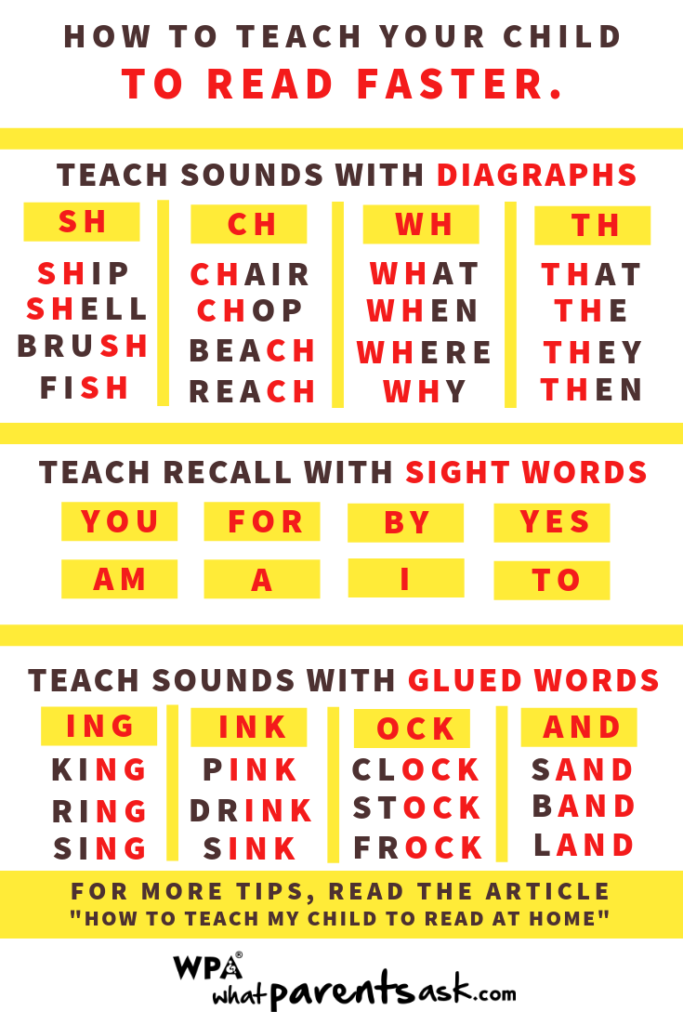How to teach reading english
9 Fun and Easy Tips
With the abundance of information out there, it can seem like there is no clear answer about how to teach a child to read. As a busy parent, you may not have time to wade through all of the conflicting opinions.
That’s why we’re here to help! There are some key elements when it comes to teaching kids to read, so we’ve rounded up nine effective tips to help you boost your child’s reading skills and confidence.
These tips are simple, fit into your lifestyle, and help build foundational reading skills while having fun!
Tips For How To Teach A Child To Read
1) Focus On Letter Sounds Over Letter Names
We used to learn that “b” stands for “ball.” But when you say the word ball, it sounds different than saying the letter B on its own. That can be a strange concept for a young child to wrap their head around!
Instead of focusing on letter names, we recommend teaching them the sounds associated with each letter of the alphabet. For example, you could explain that B makes the /b/ sound (pronounced just like it sounds when you say the word ball aloud).
Once they firmly establish a link between a handful of letters and their sounds, children can begin to sound out short words. Knowing the sounds for B, T, and A allows a child to sound out both bat and tab.
As the number of links between letters and sounds grows, so will the number of words your child can sound out!
Now, does this mean that if your child already began learning by matching formal alphabet letter names with words, they won’t learn to match sounds and letters or learn how to read? Of course not!
We simply recommend this process as a learning method that can help some kids with the jump from letter sounds to words.
2) Begin With Uppercase Letters
Practicing how to make letters is way easier when they all look unique! This is why we teach uppercase letters to children who aren’t in formal schooling yet.
Even though lowercase letters are the most common format for letters (if you open a book at any page, the majority of the letters will be lowercase), uppercase letters are easier to distinguish from one another and, therefore, easier to identify.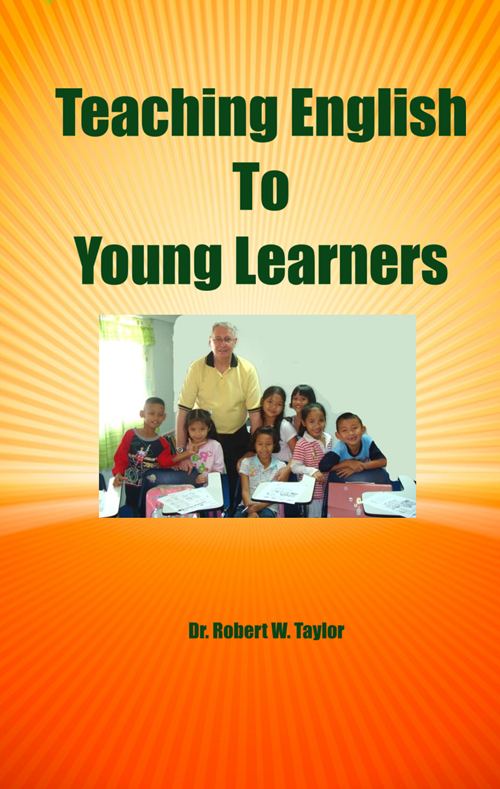
Think about it –– “b” and “d” look an awful lot alike! But “B” and “D” are much easier to distinguish. Starting with uppercase letters, then, will help your child to grasp the basics of letter identification and, subsequently, reading.
To help your child learn uppercase letters, we find that engaging their sense of physical touch can be especially useful. If you want to try this, you might consider buying textured paper, like sandpaper, and cutting out the shapes of uppercase letters.
Ask your child to put their hands behind their back, and then place the letter in their hands. They can use their sense of touch to guess what letter they’re holding! You can play the same game with magnetic letters.
3) Incorporate Phonics
Research has demonstrated that kids with a strong background in phonics (the relationship between sounds and symbols) tend to become stronger readers in the long-run.
A phonetic approach to reading shows a child how to go letter by letter — sound by sound — blending the sounds as you go in order to read words that the child (or adult) has not yet memorized.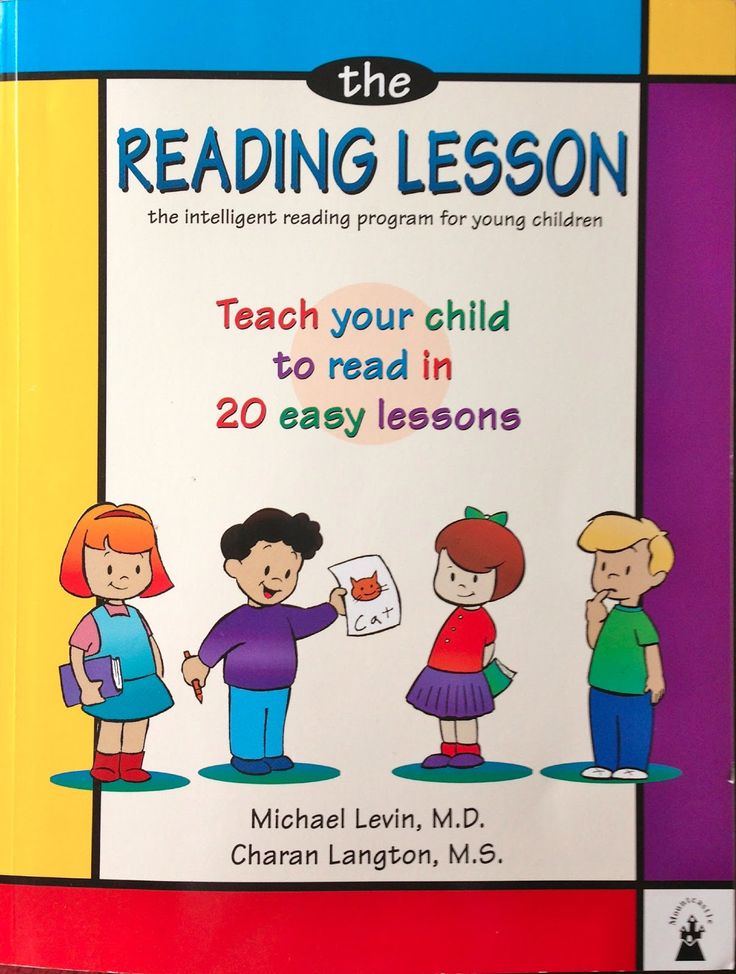
Once kids develop a level of automatization, they can sound out words almost instantly and only need to employ decoding with longer words. Phonics is best taught explicitly, sequentially, and systematically — which is the method HOMER uses.
If you’re looking for support helping your child learn phonics, our HOMER Learn & Grow app might be exactly what you need! With a proven reading pathway for your child, HOMER makes learning fun!
4) Balance Phonics And Sight Words
Sight words are also an important part of teaching your child how to read. These are common words that are usually not spelled the way they sound and can’t be decoded (sounded out).
Because we don’t want to undo the work your child has done to learn phonics, sight words should be memorized. But keep in mind that learning sight words can be challenging for many young children.
So, if you want to give your child a good start on their reading journey, it’s best to spend the majority of your time developing and reinforcing the information and skills needed to sound out words.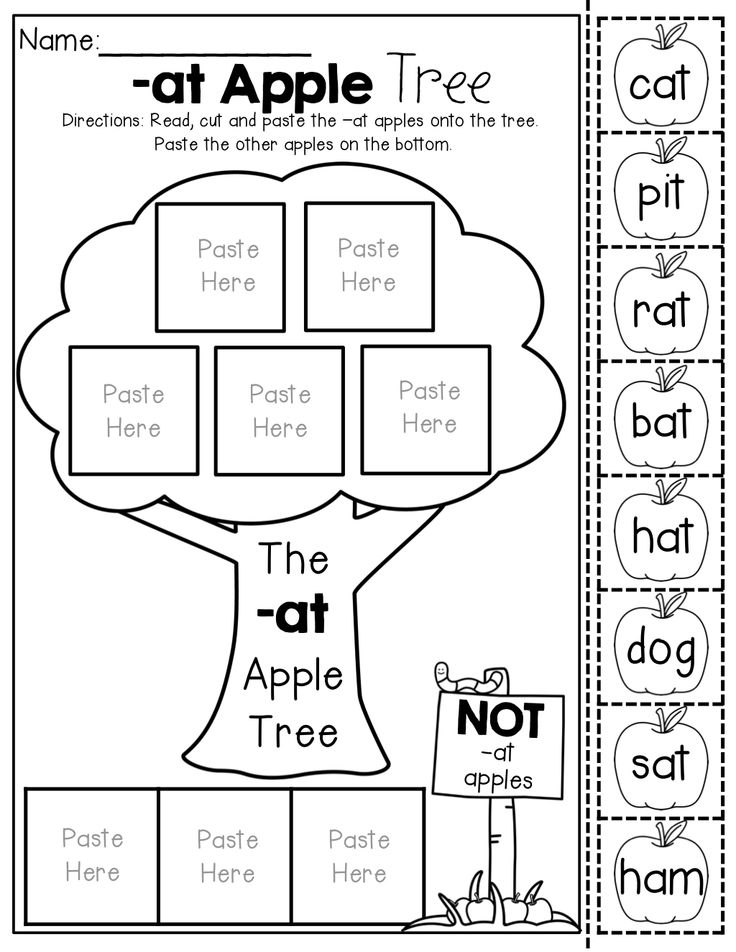
5) Talk A Lot
Even though talking is usually thought of as a speech-only skill, that’s not true. Your child is like a sponge. They’re absorbing everything, all the time, including the words you say (and the ones you wish they hadn’t heard)!
Talking with your child frequently and engaging their listening and storytelling skills can increase their vocabulary.
It can also help them form sentences, become familiar with new words and how they are used, as well as learn how to use context clues when someone is speaking about something they may not know a lot about.
All of these skills are extremely helpful for your child on their reading journey, and talking gives you both an opportunity to share and create moments you’ll treasure forever!
6) Keep It Light
Reading is about having fun and exploring the world (real and imaginary) through text, pictures, and illustrations. When it comes to reading, it’s better for your child to be relaxed and focused on what they’re learning than squeezing in a stressful session after a long day.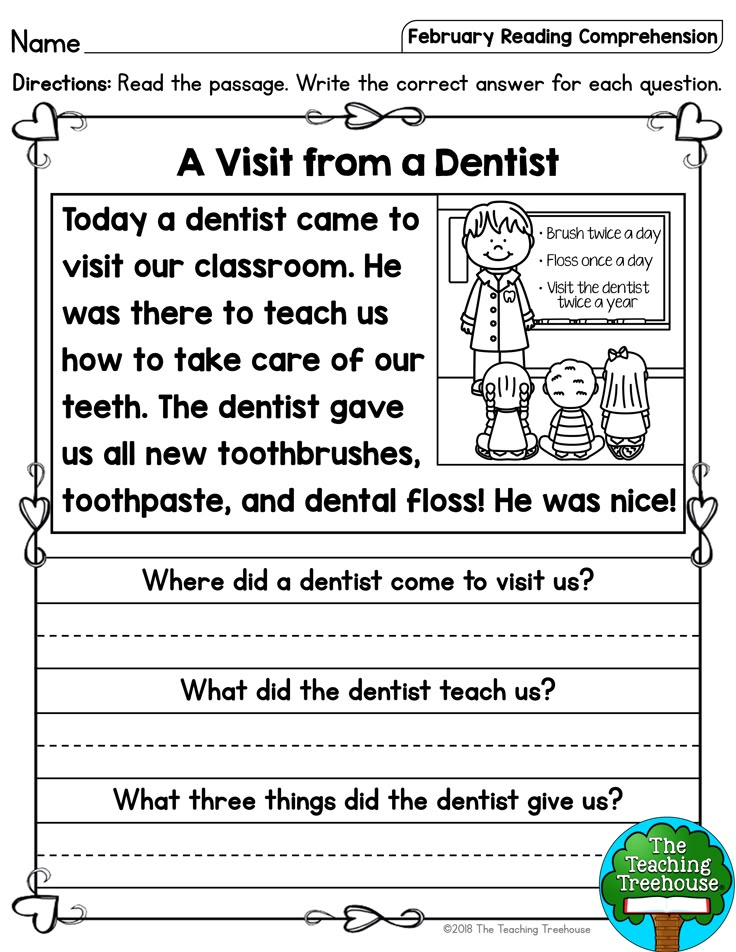
We’re about halfway through the list and want to give a gentle reminder that your child shouldn’t feel any pressure when it comes to reading — and neither should you!
Although consistency is always helpful, we recommend focusing on quality over quantity. Fifteen minutes might sound like a short amount of time, but studies have shown that 15 minutes a day of HOMER’s reading pathway can increase early reading scores by 74%!
It may also take some time to find out exactly what will keep your child interested and engaged in learning. That’s OK! If it’s not fun, lighthearted, and enjoyable for you and your child, then shake it off and try something new.
7) Practice Shared Reading
While you read with your child, consider asking them to repeat words or sentences back to you every now and then while you follow along with your finger.
There’s no need to stop your reading time completely if your child struggles with a particular word. An encouraging reminder of what the word means or how it’s pronounced is plenty!
Another option is to split reading aloud time with your child.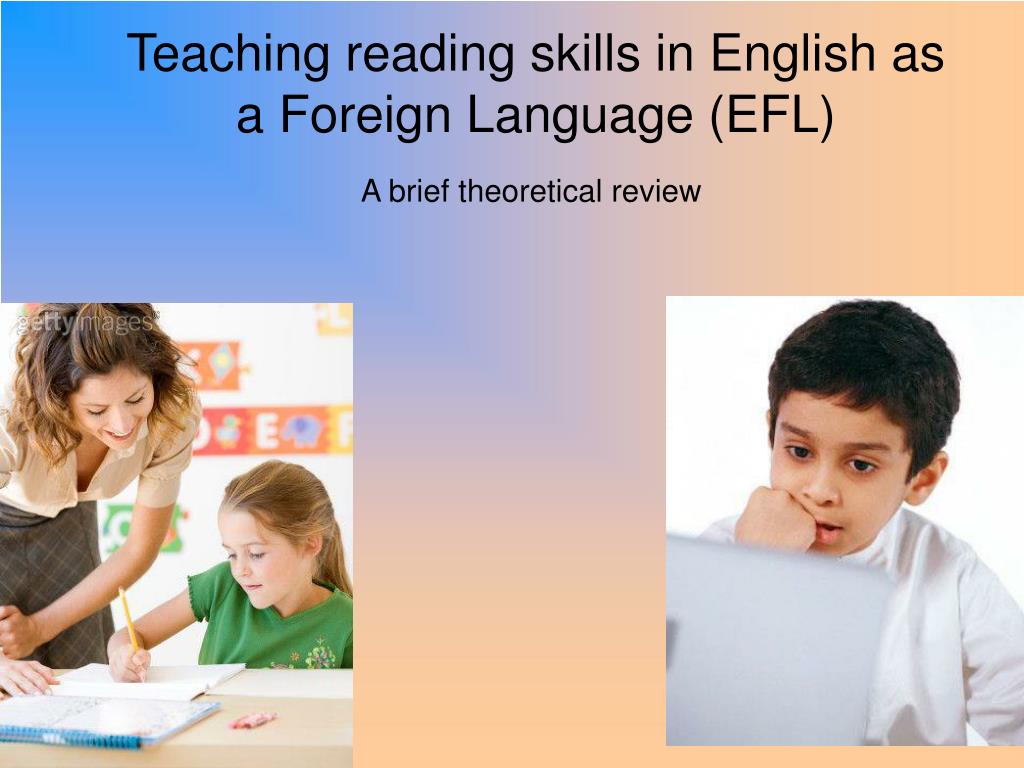 For emerging readers, you can read one line and then ask them to read the next. For older children, reading one page and letting them read the next page is beneficial.
For emerging readers, you can read one line and then ask them to read the next. For older children, reading one page and letting them read the next page is beneficial.
Doing this helps your child feel capable and confident, which is important for encouraging them to read well and consistently!
This technique also gets your child more acquainted with the natural flow of reading. While they look at the pictures and listen happily to the story, they’ll begin to focus on the words they are reading and engage more with the book in front of them.
Rereading books can also be helpful. It allows children to develop a deeper understanding of the words in a text, make familiar words into “known” words that are then incorporated into their vocabulary, and form a connection with the story.
We wholeheartedly recommend rereading!
8) Play Word Games
Getting your child involved in reading doesn’t have to be about just books. Word games can be a great way to engage your child’s skills without reading a whole story at once.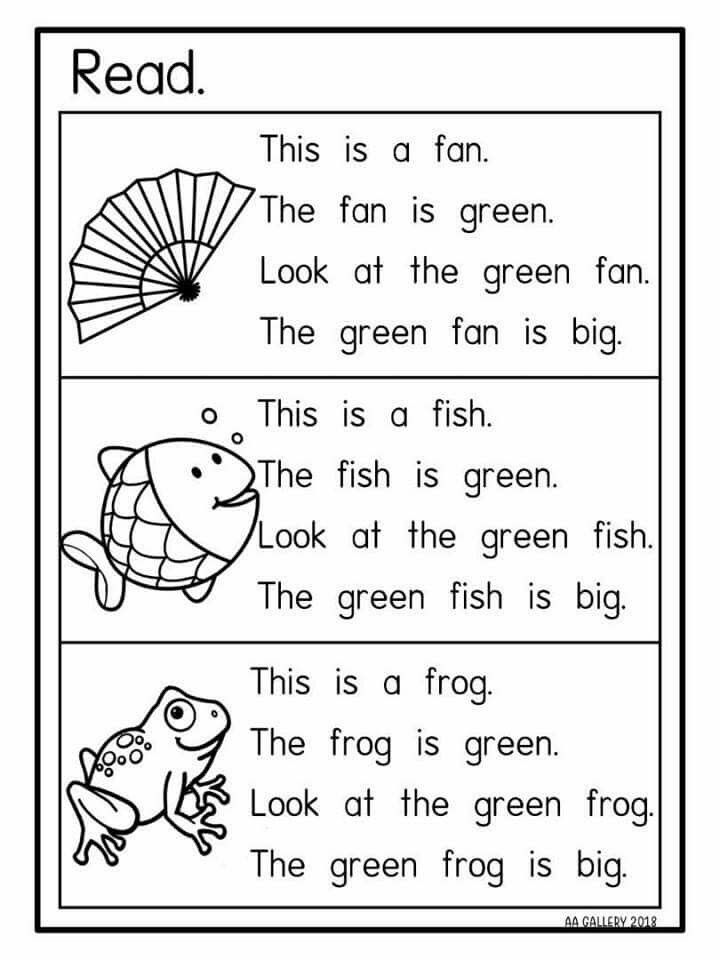
One of our favorite reading games only requires a stack of Post-It notes and a bunched-up sock. For this activity, write sight words or words your child can sound out onto separate Post-It notes. Then stick the notes to the wall.
Your child can then stand in front of the Post-Its with the bunched-up sock in their hands. You say one of the words and your child throws the sock-ball at the Post-It note that matches!
9) Read With Unconventional Materials
In the same way that word games can help your child learn how to read, so can encouraging your child to read without actually using books!
If you’re interested in doing this, consider using PlayDoh, clay, paint, or indoor-safe sand to form and shape letters or words.
Another option is to fill a large pot with magnetic letters. For emerging learners, suggest that they pull a letter from the pot and try to name the sound it makes. For slightly older learners, see if they can name a word that begins with the same sound, or grab a collection of letters that come together to form a word.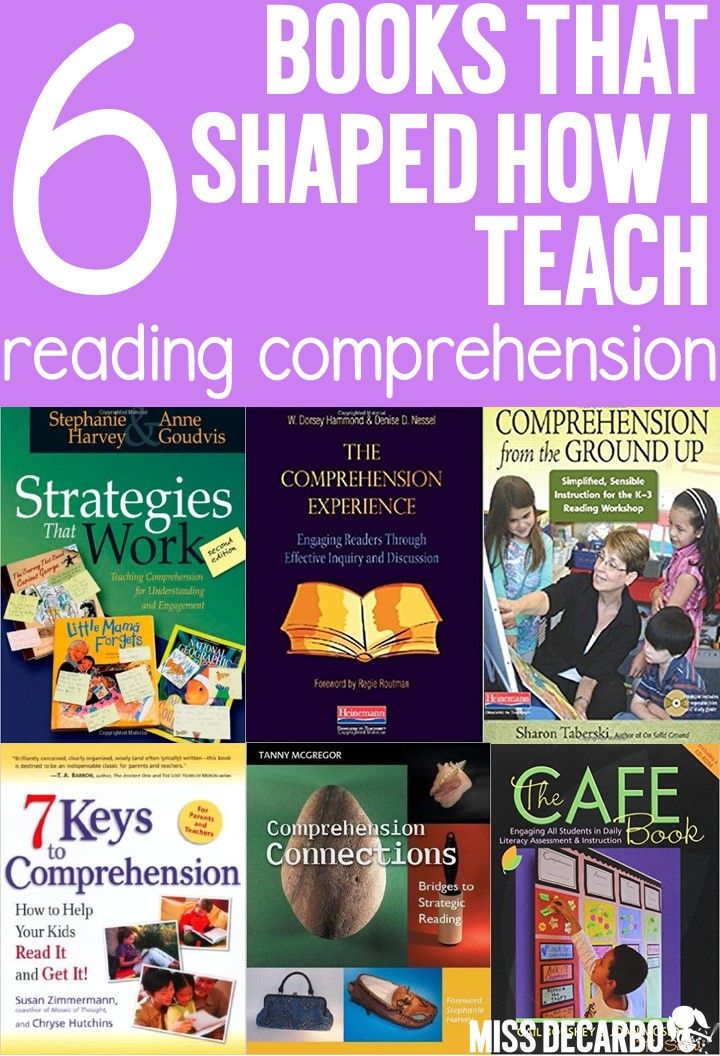
As your child becomes more proficient, you can scale these activities to make them a little more advanced. And remember to have fun with it!
Reading Comes With Time And Practice
Overall, we want to leave you with this: there is no single answer to how to teach a child to read. What works for your neighbor’s child may not work for yours –– and that’s perfectly OK!
Patience, practicing a little every day, and emphasizing activities that let your child enjoy reading are the things we encourage most. Reading is about fun, exploration, and learning!
And if you ever need a bit of support, we’re here for you! At HOMER, we’re your learning partner. Start your child’s reading journey with confidence with our personalized program plus expert tips and learning resources.
Author
25 Effective Ways to Teach Reading to Beginners
The Butterfly Teacher is thrilled to welcome guest writer Sophia Sanchez, an ESL instructor who has extensive knowledge about language development.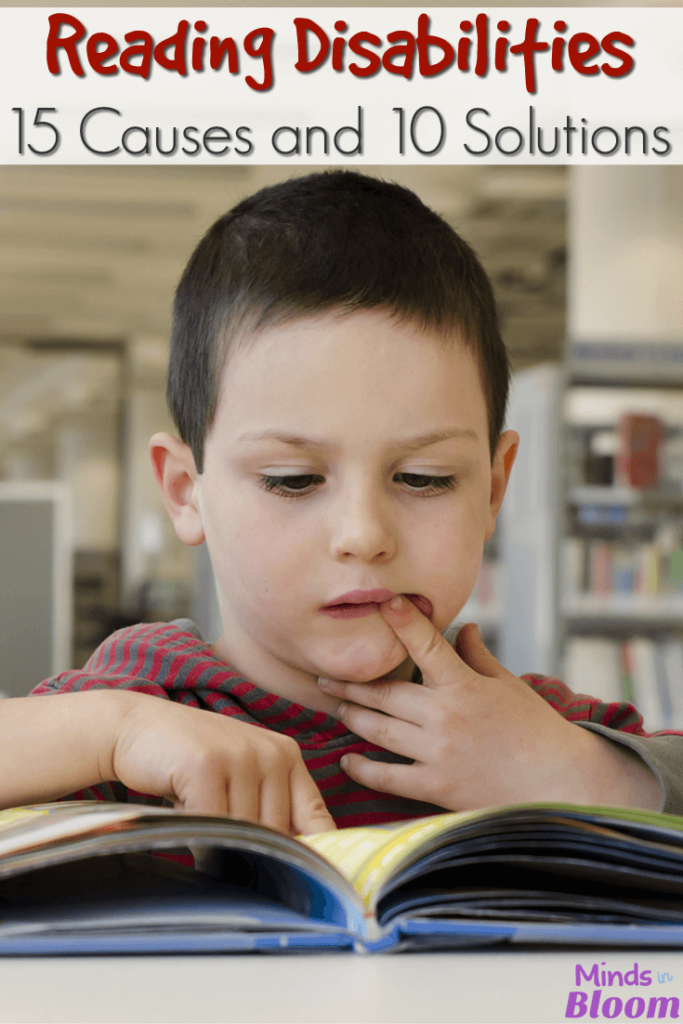 In this post, she shares 25 practical and effective ways to teach reading to beginners. Get your pen and paper ready…there are tons of teaching tips below!
In this post, she shares 25 practical and effective ways to teach reading to beginners. Get your pen and paper ready…there are tons of teaching tips below!
*This post contains affiliate links to Amazon for your convenience. As an Amazon Associate, I earn from qualifying purchases, which do not cost any extra for you. Please see the full disclosure here.*
How Do You Teach Reading Effectively?
Reading is a complex exercise.
We have to teach kids to read the written word and to build vocabulary simultaneously.
On top of all this, as students grow, they need to master more complex reading skills, such as inferencing.
So what are the best reading strategies that teachers and parents need to teach? And HOW do you teach them?
To best answer these questions, you must approach reading instruction based on your students/child’s developmental level:
- Early / Beginning Reader
- Emergent Reader
- Advanced Reader
You will be able to teach reading more effectively when you recognize the strengths and weaknesses of each developmental level and cater to those.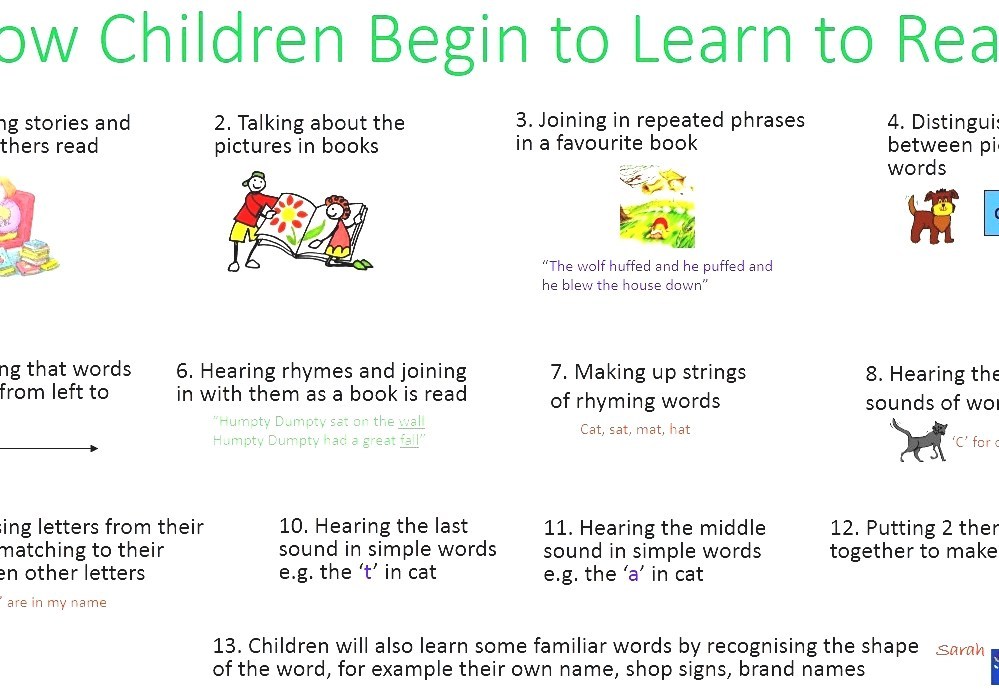
Tanya–The Butterfly Teacher, shares reading comprehension teaching tips for advanced readers, so in this post, I will share tips for early and beginning readers.
Let’s jump right in!
Vocabulary-Building Strategies for Early Readers
A highly effective way to teach reading to beginners is to help them build extensive background knowledge and vocabulary skills.
As you teach early readers more vocabulary, make sure the learning is playful, because most kids learn best via play!
- 1–Build Their Oral Vocabulary Through Conversation:
Encourage children to frequently interact verbally with you and others. More conversation will build on the vocabulary they may already know. - 2–Combine Pictures with Vocabulary Words & Actions:
For example, put up a poster outside your class with signage for shaking hands, hugging, greeting with a bow/folded hands, or just smiling, and get the kids to point at how they want to be greeted. Encourage the kids to say the words aloud and then act them out.
Encourage the kids to say the words aloud and then act them out. - 3–Play Games to Identify Everyday Items:
Boring teaching will make reading seem like a chore! Make learning to read more fun with games that help children build vocabulary.As children grow more proficient and confident pronouncing words for things like vegetables, fruits, simple objects, colors, plants, actions such as mowing, sweeping, washing, drying, etc.–they are forming the building blocks for strong reading fluency.
Simple Ways to Teach Pre-Literacy Skills
The vocabulary word building tips from above help beginning readers develop more background knowledge that influences their reading.
Here are simple but effective ways to teach reading to beginners who need more pre-literacy skills.
- 4–Introduce Kids to Books With No Text:
A few of my favorite examples for beginning readers are:
Free Fall by David Weisner,
Up and Up by Shirley Hughes,
and Noah’s Ark by Peter Spier.
As you share these picture books, let each child “read it” on their own, say the story out loud for others, or even interpret a page in their own words to develop pre-literacy skills.
- 5–Start a Story Prompt:
Use flash cards or picture books to begin a make-believe story. Then allow your students/kids to create the next part or line of the story you’ve started. This helps them build the foundation for sequencing in reading.
- 6–Read Simple Rebus Readers:
These fun books help beginning readers answer your story prompts, identify sight words, and build vocabulary–which are all important pre-literacy skills.
What is the Main Difference Between Alphabetic Principle & Phonemic Awareness?
Let’s pause here to quickly dive into an important topic that relates to beginning readers.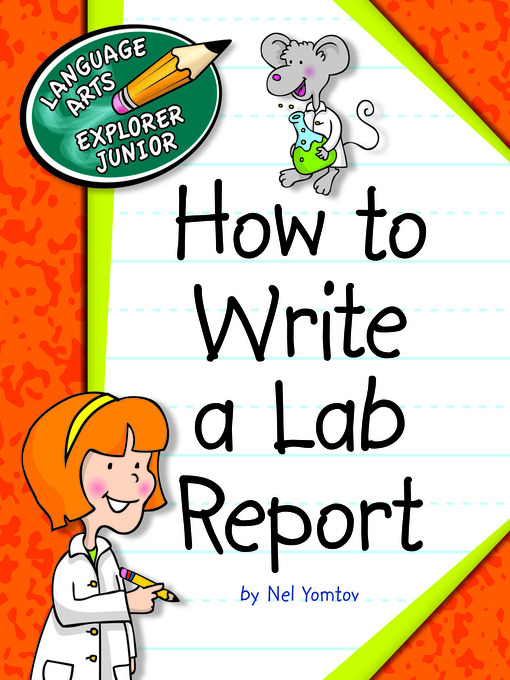
Alphabetic understanding vs. letter-sound relationships!
What in the world is alphabetic principle and how is it different from phonemic awareness?
Many people use the words “alphabetic principle” interchangeably with “phonics.” It relates to letter-symbol relationships and spoken words.
Phonemic awareness involves breaking word parts down to isolate and identify specific sounds or phonemes.
To effectively teach reading to beginners, parents and teachers must use different teaching strategies for these two reading skills!
Let’s continue with specific examples
Easy Ways to Teach Alphabetic Principle
- 7–Introduce Single Letters and Their Sound:
English is not a phonetic language, but language learning is a lot about listening and ears like sounds. Confusion can set in but reducing pace and increasing fun games for practice can help. - 8–Get Kids to Say Words Which Start With That Sound:
This can be combined with the same teaching strategies that you use to teach vocabulary words.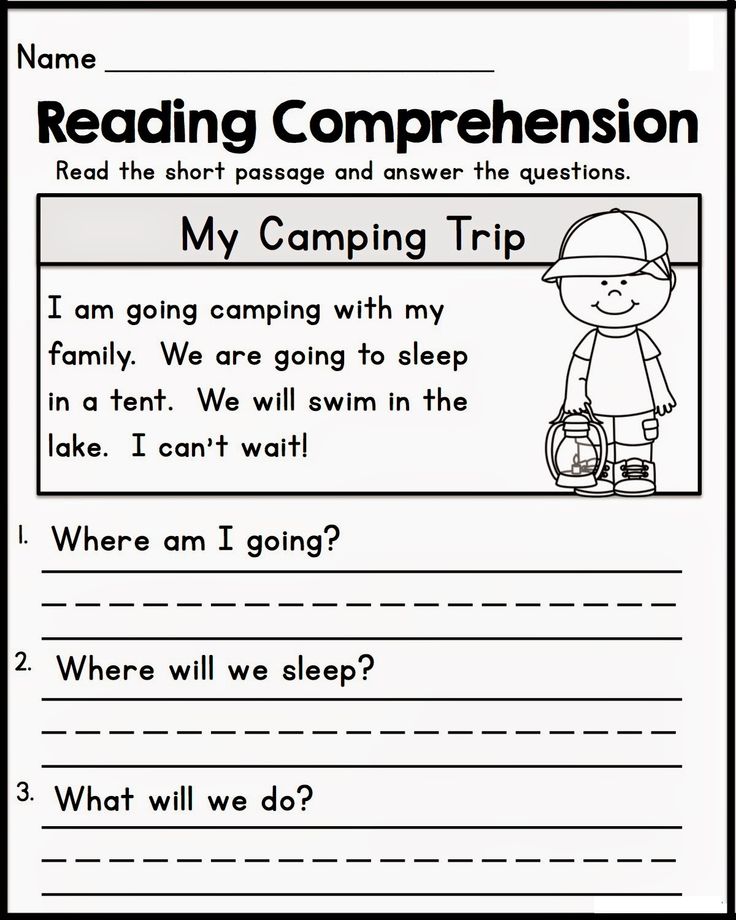 Put pictures with words next to everyday items. Emphasize the sound that initial letter makes.
Put pictures with words next to everyday items. Emphasize the sound that initial letter makes. - 9–Give Sounds for Single Vowels:
Like ‘e’ for egg - 10–Give Sounds for Single Consonants:
Like ‘h’ for hut
- 11–Do Kinesthetic & Tactile Activities to Learn Letters:
Write letters in the sand or in shaving cream. Use magnetic letters, ropes, and other items that beginning readers can touch as a fun way to build letter recognition. - 12–Identify Letters among other letters (like a design:)
Before kids can identify letters as letters, they can play at spotting them. E.g Write ‘egg’ on the board with space in between. Now hold up the letter ‘e’ and ask the kids to spot it in what’s written.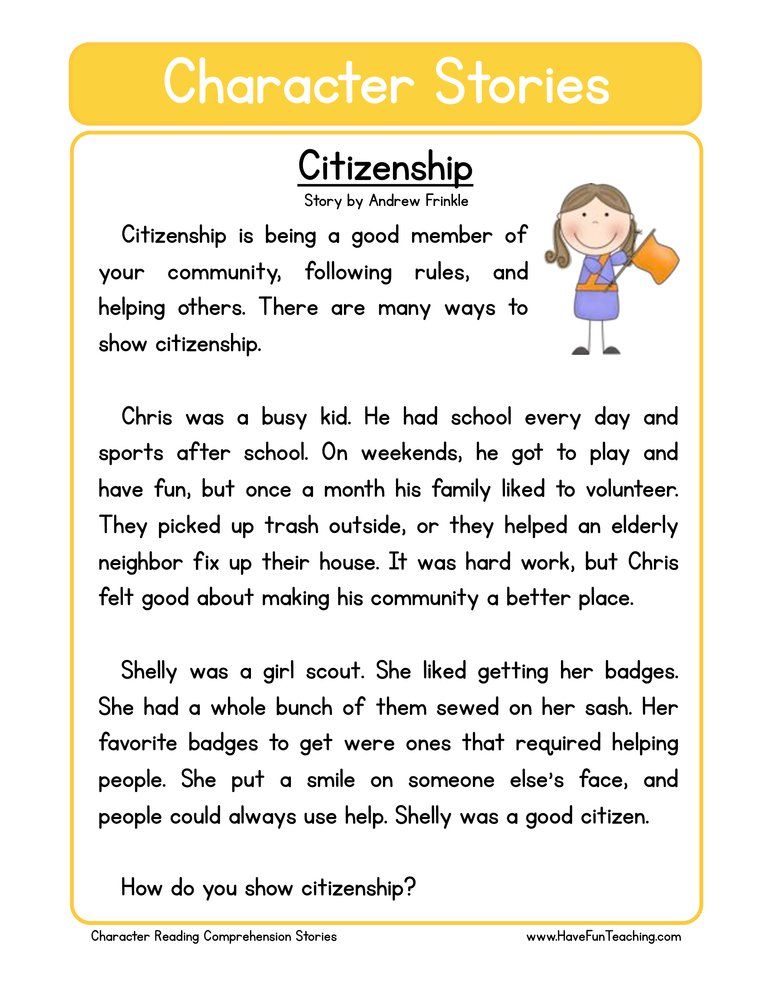 Add more words on the board which include ‘e’, and ask them to spot all the occurrences.
Add more words on the board which include ‘e’, and ask them to spot all the occurrences. - 13–Complete Letter Crafts Decorating Objects Which Start With That Letter
Ideas for Helping Beginning Readers Build Phonological Awareness
- 14–Play Phonological Awareness Games:
Pair your students in two teams. One team will say words and the other team has to say a word with the sound it ends onFor example: one team may say the word “red.” The other team will need to say a word like “dog” since the word red ends with “d.”
This type of game can be difficult for some kids, so feel free to modify it with flashcards, pictures, or other ways to assist kids. If it’s too frustrating for them, they will not feel confident to play, which will lead to possible tantrums.
- 15–Get Kids to Call Out Rhyming Words With You
- 16–Form Various Words With The Same Set of Sounds
- 17–Play Rhyming Games With Nonsense Words:
Kids love gibberish! Plus, using nonsense words heightens their awareness of word sounds and word parts.
- 18–Try basic tongue twisters: (you will have kids rolling in laughter!)
She sells sea shells on the sea shore, but the shells she sells are not the real sea shells’. It’s better to start with the first four words, and slowly add the rest meaningfully in steps, or it might turn into a gibberish spewing noisy classroom!
More Effective Ways to Teach Reading to Beginners
As your children/ students advance through pre-literacy skills, alphabetic principle, and phonemic awareness activities, you can effectively teach them more foundational reading strategies like the ones in this section.
- 19–Start Small with Sight Words
- 20–Enjoy the rebus world of words:
Show an image and look at the word. These readers really help kids build nonfiction reading skills too!
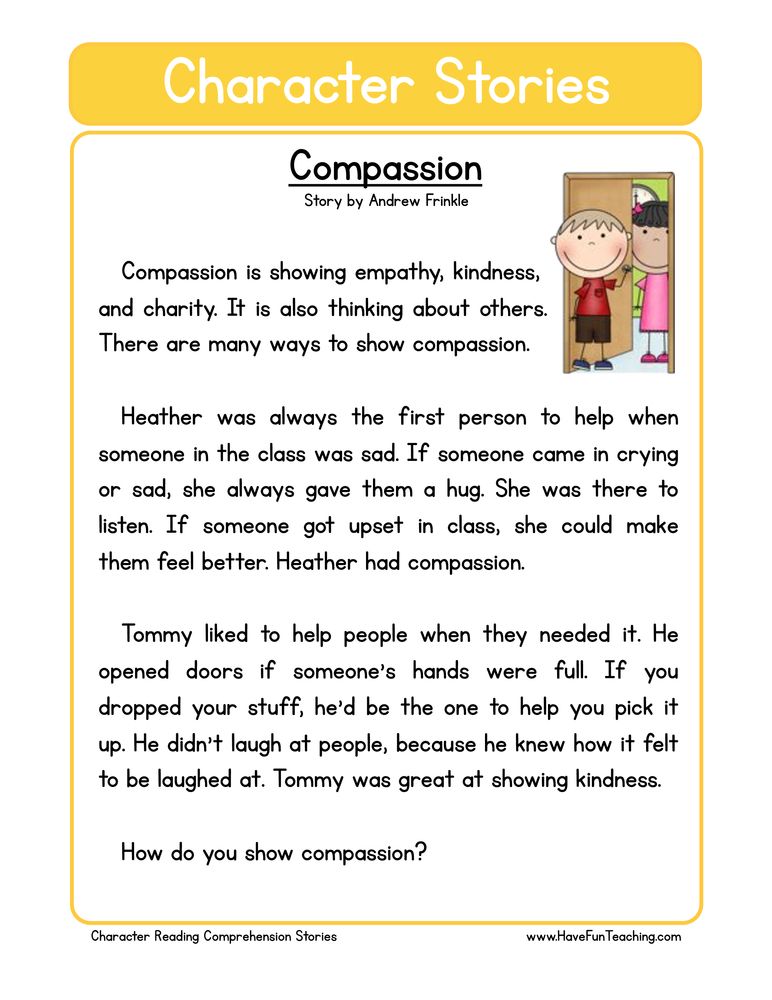 Click HERE for the image to learn more.
Click HERE for the image to learn more. (Amazon affiliate link)
- 21–Use a picture and break what it’s called into sounds/phonemes (for starters, use easily identified animals like cat, bat, etc.) Sounds outnumber the letters in the alphabet, so practice-practice-practice
- 22–Work with small words with fewer sounds and then go to longer words
- 23–Play games to change the order to form new words (do build gibberish words, don’t be afraid)
- 24–Introduce syllabification if your class is ready
- 25–Introduce onomatopoeia – words that mimic the sound of the object
What’s the Absolute Best Way to Teach Children to Read?
Kids learn at their own pace.
As no two kids are alike, teachers really have to individually nurture each child on their reading journey. So there’s no ONE absolute best way to teach reading to every single child.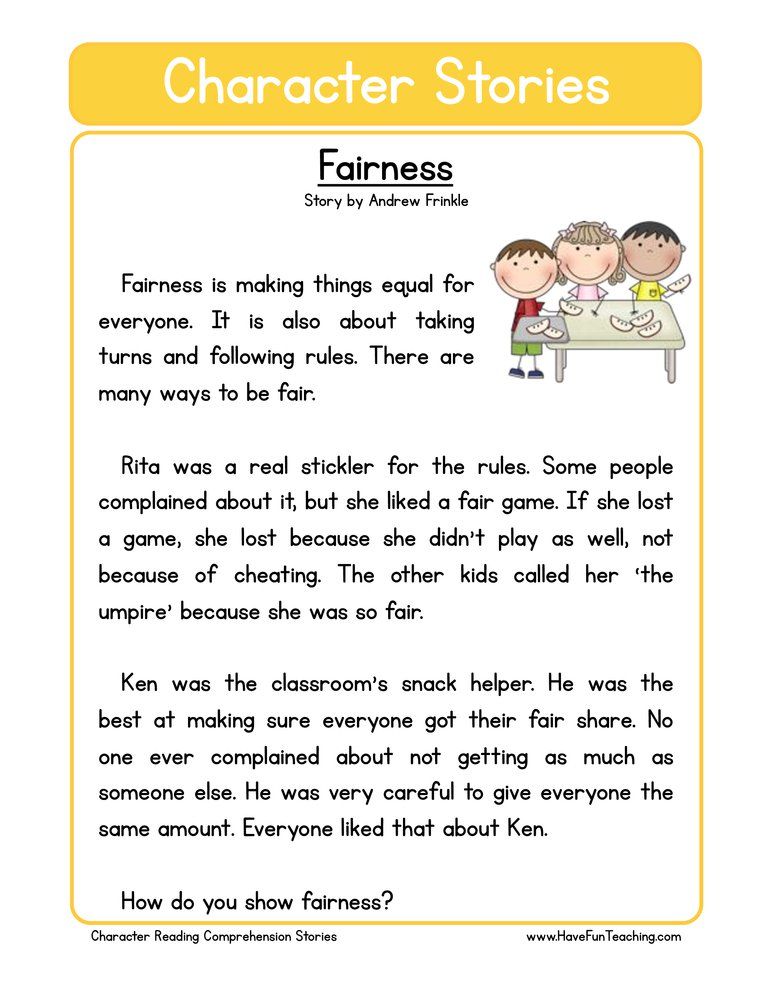
This post features lots of effective ways to teach reading to beginners so that you have more than one strategy to try.
Here Are More Helpful Posts on Reading Instruction For You:- The Best Free Literacy Apps
- 11 Children’s Books Written by Celebrities
- Using Life Lessons to Teach Children’s Literature
- Books that Teach Socio-Emotional Skills
Here’s hoping for wonderful journeys in the world of reading!
Author Bio: Sophia is a newbie online ESL/EFL instructor. She is a passionate educator and blogs about education on her personal blog. She found her true calling — teaching — while she was juggling writing and a 9-5 desk job.
English from scratch. Learning to read
What is the first thing a child is taught when he comes to school? Of course, the alphabet, and then reading and writing.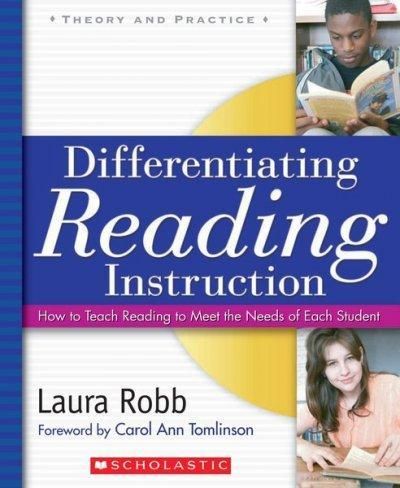 Any teaching of a foreign language begins with the same. Is it possible to speak English without mastering the literacy? Yes, if you completely immerse yourself in the language environment. But even under such ideal conditions as living in an English-speaking country, you will still feel like a child in the company of adults. Without a decent knowledge of English, it is not easy not only to live in an English-speaking country, but also to travel the world. Even the airport is much easier to navigate for those who know how to read English.
Any teaching of a foreign language begins with the same. Is it possible to speak English without mastering the literacy? Yes, if you completely immerse yourself in the language environment. But even under such ideal conditions as living in an English-speaking country, you will still feel like a child in the company of adults. Without a decent knowledge of English, it is not easy not only to live in an English-speaking country, but also to travel the world. Even the airport is much easier to navigate for those who know how to read English.
So, it is clear that in order to master the language, you will definitely need to learn how to read. Any foreign course is built in such a way that in the first lessons you learn the alphabet and pronunciation. At the initial stages, of course, you will need to make an effort to remember how certain letters and letter combinations are read. But having mastered English literacy in the first lessons, you can easily voice any text, even filled with unfamiliar words.
How to learn to read English correctly. Some Tips
There are many ways to learn to read English. Someone resorts to the help of transcription. Others write down the pronunciation of English words using Russian letters. There are people who like to read aloud a lot. And someone focuses on audio files. In fact, all methods are good in their own way. When learning to read, it is not enough to learn letters, diphthongs and remember all the rules. In this matter, constant practice is important. Here are some tips to help you develop your English reading skills:
- Learn to listen to English. Oddly enough, but the ability to hear what the British and Americans say directly affects our ability to read. At the initial stage, adapted books are very useful, provided with discs with audio recordings of the texts themselves. Having before your eyes the text that the announcer reads, you learn to read correctly on a subconscious level.
- Try to read every day.
 Make it a rule to read English books for at least 20-30 minutes every day. Choose books according to your level of language proficiency. At the initial stage, you can read fairy tales and short stories. And in order to develop spoken language skills, it is also useful to occasionally look at English-language periodicals and blogs.
Make it a rule to read English books for at least 20-30 minutes every day. Choose books according to your level of language proficiency. At the initial stage, you can read fairy tales and short stories. And in order to develop spoken language skills, it is also useful to occasionally look at English-language periodicals and blogs. - Get used to writing in English. As you know, reading and writing are directly related. One follows from the other. If a person reads English at a decent level, then he will most likely state his thoughts on paper very competently. Getting to know native speakers is one of the most affordable and effective ways to improve your reading and writing skills. Communication in modern society is often based on correspondence in chats and social networks. Therefore, having met a native speaker, you yourself will not notice how correspondence in English will become part of everyday life. Introverts can be advised to keep a diary, which will be filled with entries in English.
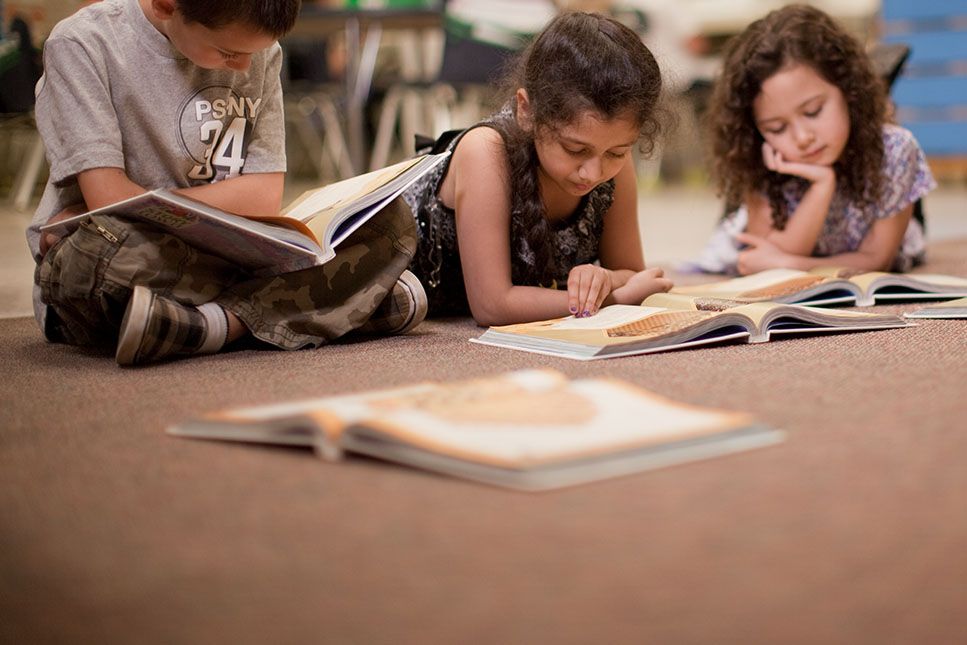
- Learn English tongue twisters and poems. For example: Whether the weather be fine, or whether the weather be not. Whether the weather be cold, or whether the weather be hot. We'll weather the weather whether we like it or not Tongue twisters help to work out the pronunciation of complex sounds. Poems enrich vocabulary.
- Practice pronunciation. Spend time practicing those sounds that are unusual for Russian speakers. For example, the combination th is not given to every student the first time. And, of course, the easiest way to learn the correct pronunciation is to listen to the dialogues and monologues of native speakers. Modern TV series with English subtitles help to deliver the correct speech.
Reading in English . Alphabet
Suppose you want to learn to read English from scratch. In this case, you will have to start from the very beginning, that is, from the alphabet, consisting of 26 letters.
English alphabet (alphabet)
English has 20 consonants and 6 vowels.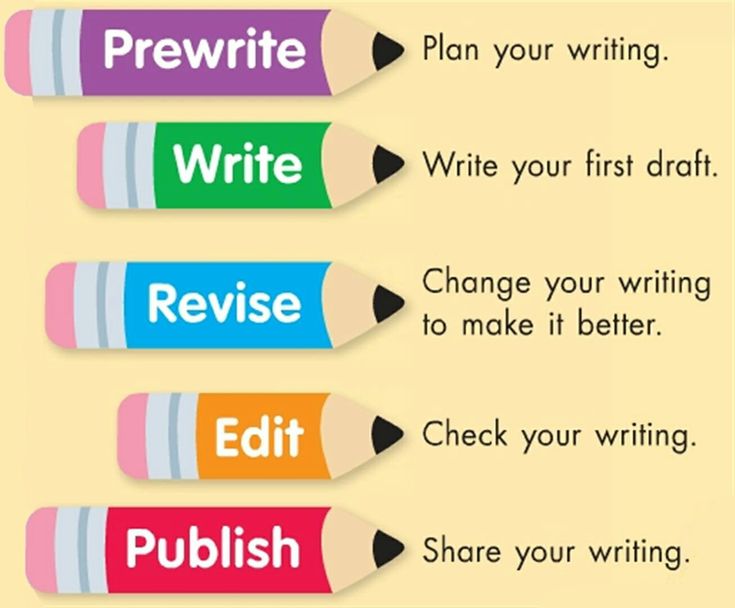 Vowels include letters: A, E, I, O, U, Y.
Vowels include letters: A, E, I, O, U, Y.
In order to learn the alphabet faster, you can turn to children's songs. Bright cards with letters also help a lot.
There are a few letters in the English language that "behave" differently from the rest. So, almost all consonants in English make one sound. But X is an exception. This letter conveys two sounds at once [ks]. It is also worth paying attention to the last character in the English alphabet. The pronunciation of Z depends on whether we are dealing with the British or American version of the language. In the first case, the letter is read as [zed], in the second - as [zi:].
The pronunciation of the letter R is also very different between the Americans and the British. In the UK, this is a long sound a [a:]. In the American alphabet - ar [a: r].
Transcription
Reading English will be much easier if you learn the transcription, which is a system of signs used to record sounds.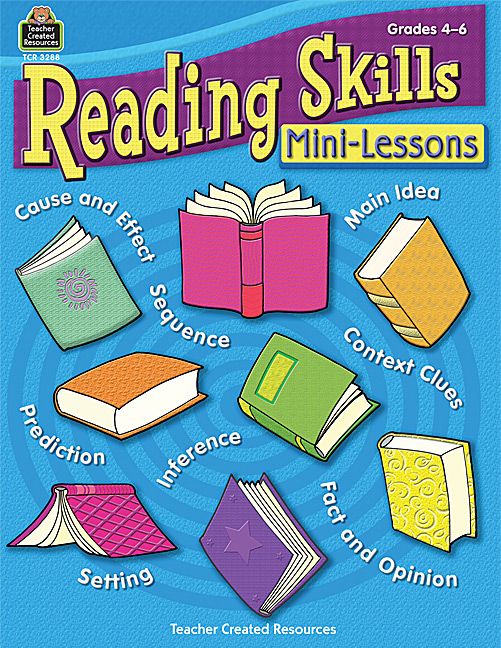 Since this or that letter may sound differently depending on what signs surround it, it can be difficult for a foreigner to read some words correctly without transcription. However, recently many students refuse to memorize the symbols of English phonetics. Indeed, thanks to the Internet, today you can easily listen to how the right word is read.
Since this or that letter may sound differently depending on what signs surround it, it can be difficult for a foreigner to read some words correctly without transcription. However, recently many students refuse to memorize the symbols of English phonetics. Indeed, thanks to the Internet, today you can easily listen to how the right word is read.
How to read consonants
It's easy enough to remember how to read consonants in English. The fact is that you can easily find analogues in Russian for many consonant sounds. For example, the English Mm is, in fact, the familiar M [um]. And in the word lemon, the pronunciation of the consonant L is similar to the Russian L. Also, analogues in our language can be found with the consonants N, B, F, Z.
The pronunciation of the letter C depends on which characters it is adjacent to. If C is followed by the vowels I, E, Y, then it will be read as [s]. For example, in the word cinema (cinema). Before other vowels, C reads like [k]: come (come), camel (camel), cake (cake).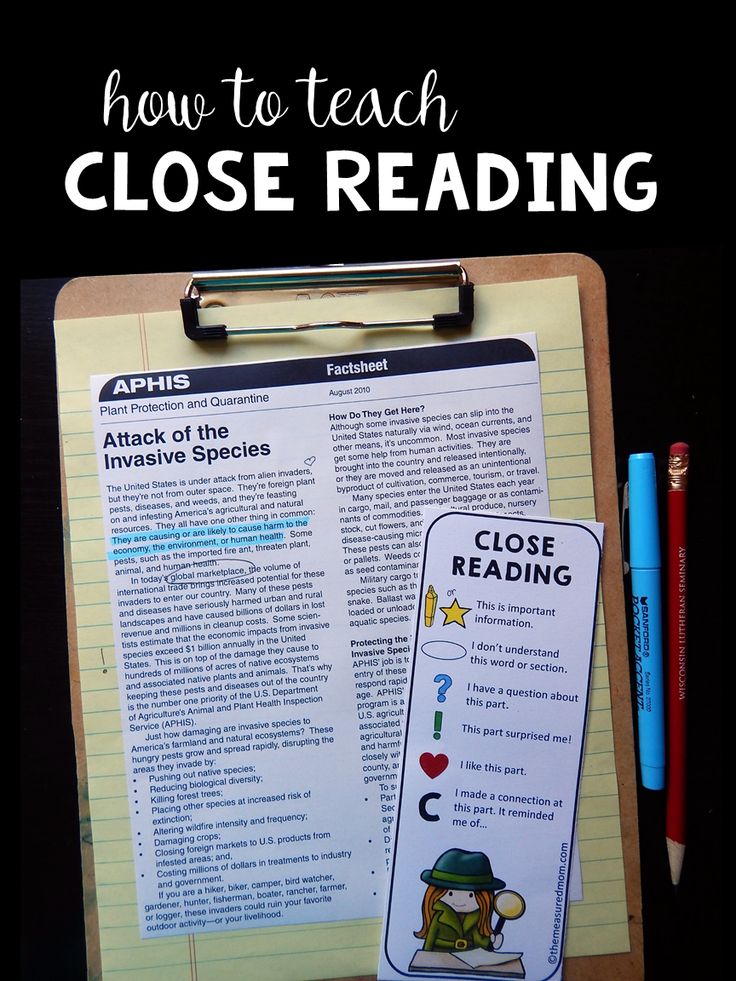
The consonants T and D in English are very similar to Russian T and D, only they are most often pronounced with a breath. But the letter Q will always be accompanied by a vowel U. The letter combination Qu is pronounced as [kw]. For example, in the word queen (queen). The consonant G before the vowels I, E, Y will be read as [j] - [dʒ]. For example, orange (orange), badge (icon). Before all other letters, G is pronounced like [g]: game (game), gale (storm).
Another unusual letter for the Russian language is Jj, which is always pronounced as [dʒ]. This consonant is very common in the names of representatives of English-speaking countries: Jack (Jack), James (James), Jane (Jane).
Below we provide a list of all English consonants with transcription:
Bb - [b]
Cc - [s] or [k]
Dd - [d]
Ff - [f]
Gg - [dʒ] or [g]
Hh - [h]
Jj-[dʒ]
Kk - [k]
Ll - [l]
mm - [m]
Nn-[n]
Pp - [p]
Qq - [kw]
Rr - [r]
Ss - [s] or [z]
Tt - [t]
Vv - [v]
Ww - [w]
Xx - [ks] or [gz]
Zz - [z]
Vowels
Reading in English for beginners is usually complicated not by consonants, which are often read the same way as they sound in the alphabet, but by vowels.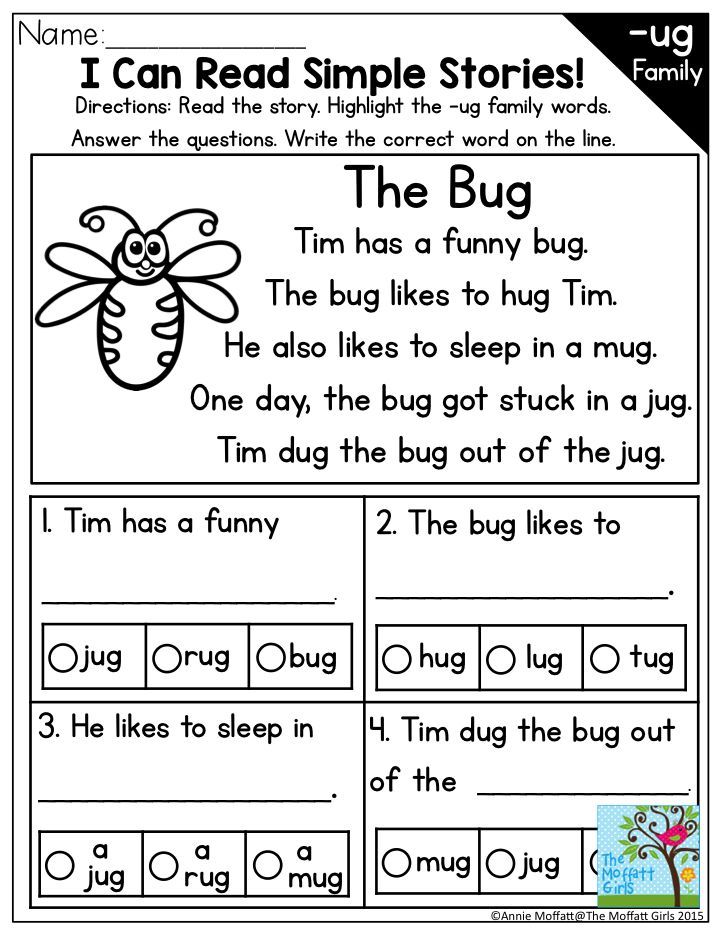 There are only 6 vowels in English, but the problem is that each of them, depending on the position in the word, can have several reading options. Much is determined by whether the letter is in stressed or unstressed position. For stressed vowels, there are 4 types of syllable in English:
There are only 6 vowels in English, but the problem is that each of them, depending on the position in the word, can have several reading options. Much is determined by whether the letter is in stressed or unstressed position. For stressed vowels, there are 4 types of syllable in English:
- An open syllable is a syllable ending in a vowel or a consonant (except R) followed by a silent E. A stressed vowel in an open syllable is pronounced as it is pronounced in the alphabet. For example, plane (plane), placement (room), he (he).
- A closed syllable is a syllable that ends in one consonant (excluding r) or several consonants. The stressed vowel in such a syllable is transmitted in a short and clear sound. The vowel A is pronounced as the middle between e and a [æ]. For example, cat (cat). The letter O in stressed position in a closed syllable sounds like [ɒ] in the word dog (dog), E - like [e] (for example, ten - ten). Vowels Y and I in a closed syllable are pronounced as [i] (little - small, myth - myth).
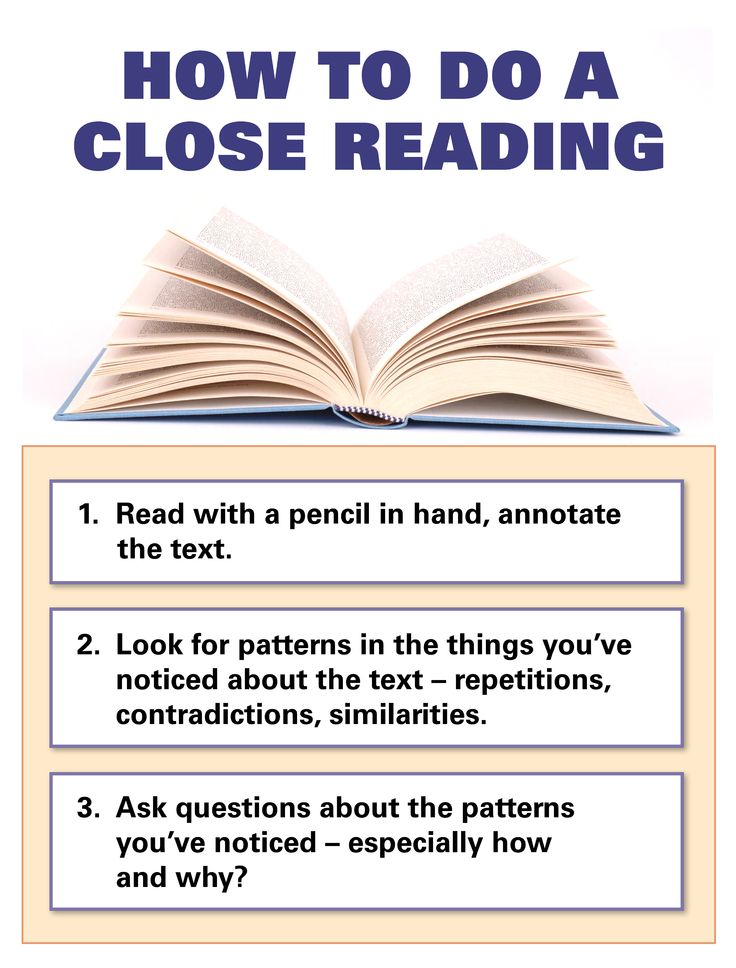 Finally, the stressed letter U will resemble a somewhat slurred short sound and [ʌ] (cut - cut).
Finally, the stressed letter U will resemble a somewhat slurred short sound and [ʌ] (cut - cut). - If a stressed vowel is followed by the consonant R alone or in combination with other consonants, then the vowels will be read as follows:
- a [ɑː] - long Russian sound a - park (park)
- o [ɔː] - lingering long Russian sound o - sport (sport)
- e [ɜː] - resembles the Russian sound ё in the word "honey" - fern (fern)
- y [ɜː] - byrd (bird)
- i [ɜː] - first (first)
- u [ɜː] - burn (burn)
- If a stressed vowel is followed by a consonant R in combination with any vowel, then the syllables are divided into diphthongs or triphthongs (complex sounds consisting of two or three letters pronounced as one). In this combination, the vowel A sounds like [ɛə]. For example, in the word fare (fare, fare). The vowel O in the fourth type of syllable will be pronounced as a long Russian sound O [ɔː].
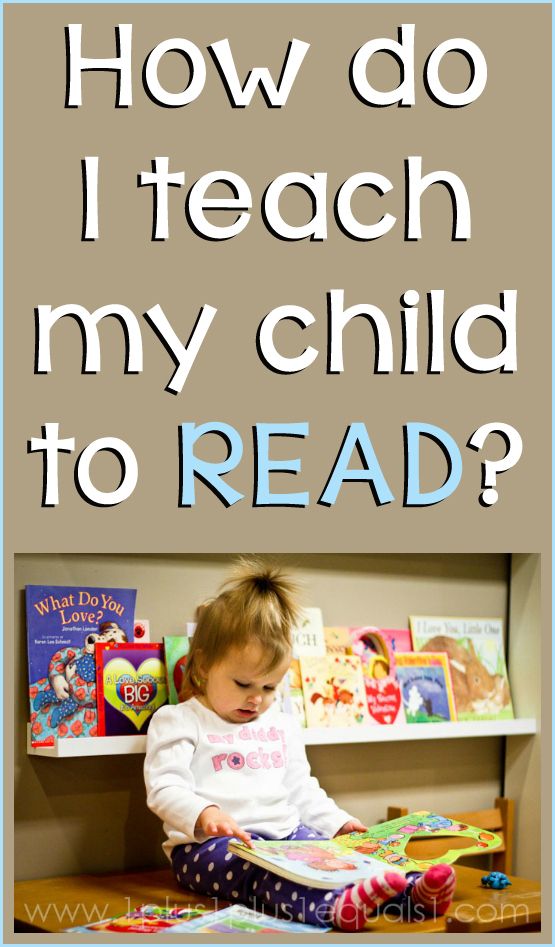 An example here is the word more (more). The vowel E under stress is pronounced as something of a fusion between Russian I and A [ɪə], for example mere (only). Y and I with the fourth type of syllable are read as [aɪə]. For example, in the words fire (fire) and tire (tire). The letter U turns into the sound [jʊə] (during - during).
An example here is the word more (more). The vowel E under stress is pronounced as something of a fusion between Russian I and A [ɪə], for example mere (only). Y and I with the fourth type of syllable are read as [aɪə]. For example, in the words fire (fire) and tire (tire). The letter U turns into the sound [jʊə] (during - during).
Learning to read consonant diphthongs
At the initial stages of learning a foreign language, students will also need to find the answer to the question of how to read diphthongs in English. This term refers to combinations of two letters that give one sound.
Table of English diphthongs. Consonants
How to read different combinations of vowels?
If you are seriously wondering how to learn to read in English, you will also have to learn diphthongs with vowels. Here is some of them:
- ai, ay, ei, ey - [ei] - aim (goal, task)
- ai - [eə] - air (air).
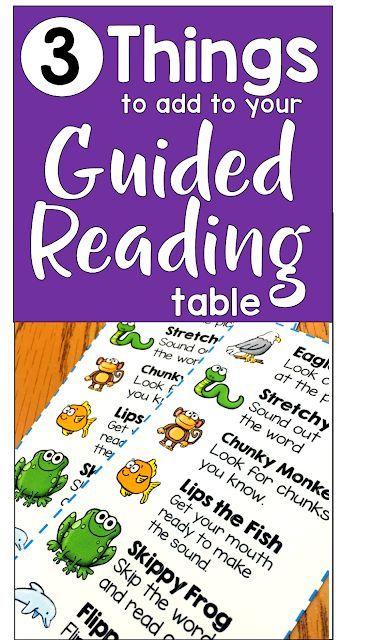 Before consonant R
Before consonant R - ae - [ɪ:] - aegis (protection, aegis)
- au - [o] - autumn (autumn)
- ea, ee - [ɪ:] - meal (food). Only if the vowel is not followed by the letter R
- ea, ee - [ɪə] - dear (dear). In position before R
- ie - [ɪ:] - field (field).
- oa - [ou] or [o:] - boat (boat)
- oi, oy - [oi] - enjoy (enjoy)
- oo [u:] or [u] or [uə] - moon (moon), book (book), poor (poor)
- ou - [au] - ground (earth). In the middle of a word
Silent consonants
Those who have been reading English for quite some time rarely remember all the rules for pronouncing diphthongs. And even more so in the process of reading, not everyone pays attention to the fact that some consonants are dumb. But at the initial stage of learning, it is important to remember that the following letters are not read in English:
- G and K before N at the beginning and end of a word. Foreign (foreign)
- B and N after M.
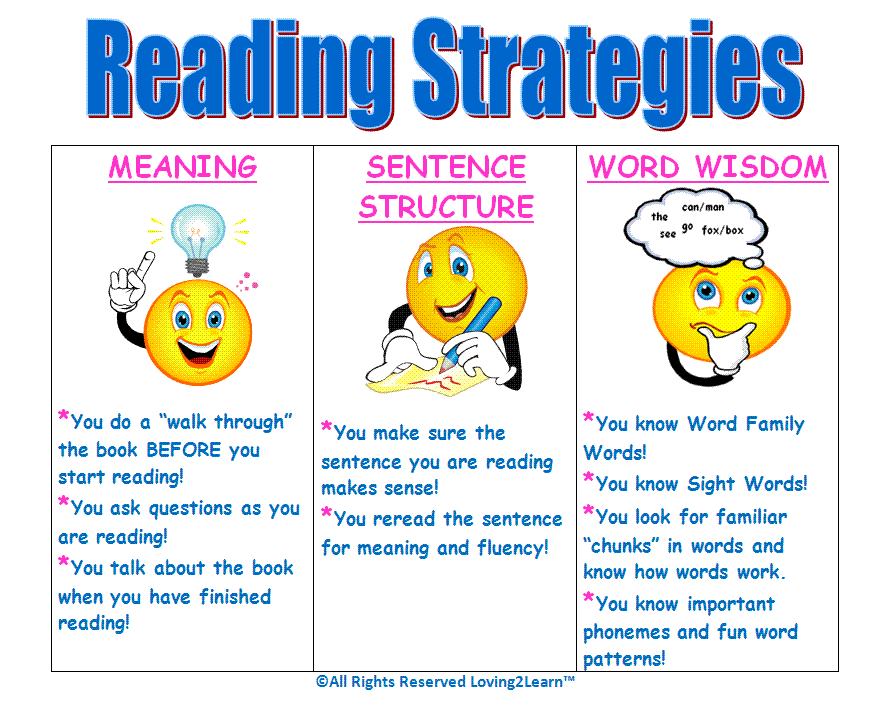 Autumn (autumn)
Autumn (autumn) - W before R. Wrong (incorrect)
- P before N and S. Psychology (psychology)
You can learn to read English from scratch on your own. Do not try to cover everything at once, learn the sounds gradually. After you learn a diphthong or a letter, do not forget to consolidate the result by performing special pronunciation exercises.
In fact, there are a lot of rules for reading in English and exceptions to them, we have considered only the main ones. True, it is not necessary to learn them all. As you memorize new words, memorize their pronunciation and spelling immediately. So you will not have an urgent need to master all the rules of reading.
How to quickly learn to read English from scratch on your own. Tips for learners of English.
195731
When you study a foreign language, you study not only a set of vocabulary and grammar, but in any case you come across the culture and mentality of the people who speak this language.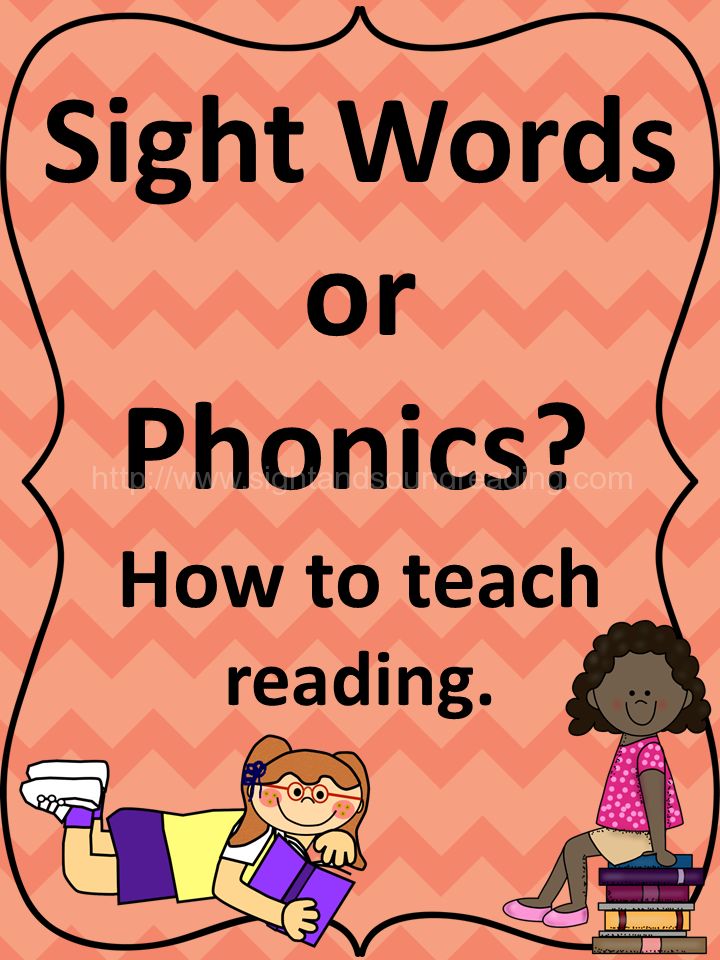 The best means of learning the language and culture is reading in the original . And in order to read in a foreign language, you must first learn to read in that language .
The best means of learning the language and culture is reading in the original . And in order to read in a foreign language, you must first learn to read in that language .
You don't have to burn books to destroy a culture. Just get people to stop reading them.
It is not necessary to burn books to destroy a culture. You can just get people to stop reading them.
~Ray Bradbury
Is there an easy way to learn to read English ? If you studied English at school, you should have got an idea of how English letters are read, you know what transcription is and how basic letter combinations are read. If your level is not beginner, but for example intermediate, then you will be interested in the article "Books in English for the intermediate level"
But, if at school or university you studied German or French, or your school base turned out to be smaller than you would like, and now you decide to learn English, then let's start with the most primary and basic and learn a few techniques where to start to learn the rules of reading.
English alphabet
I think you know that English is different from Russian and German, in which we mostly read and write. In English, the system is a little more complicated. The very first thing we need to do is to learn the alphabet.
There are 26 letters in the English alphabet, of which 21 are consonants and 5 are vowels. Knowing the letters and the ability to pronounce them correctly is the key to successful and competent reading in English.
English alphabet with transcription of letter names.
A very easy way to remember letters visually and aurally is with the help of a song. Watch the video and sing the song until you remember the letters of the alphabet.
You can use the same method to teach the alphabet to your children and sing along with your little ones.
Rules for reading in English
After studying the alphabet, let's start studying the combination of letters and reading short words. In English, there are a number of rules that you need to learn, practice and remember if you want to read English words correctly.
In English, there are a number of rules that you need to learn, practice and remember if you want to read English words correctly.
The same letter can be read in different ways, depending on the letters that surround it, as well as whether it is a closed or an open syllable.
Rules for Reading English Consonants
Many consonants read similarly to Russian consonants, for example, the letters m, n, l, b, f, z . You can see this in words like mom, lemon, finger, boy, zebra .
Letters like t and d sound similar, but are pronounced with aspirated . For example, the words table, teacher, dad, dirty .
The letter c has two readings. Before the letters i,e,y it reads like [s] - city, face, cyber . And before the rest of the vowels, it reads like [k] - cat, cake, factory .
The rule with the vowels i,e,y also applies to the letter g . Before them, it reads like [dʒ] - gym, George, giant . Before other consonants, the letter reads like [g] .
The letter q is always found in combination with the letters qu and is read as [kw] - quick, queen, square .
The letter j is always read as [dʒ] - jacket, jam, joy .
Table of the ratio of consonants and sounds in English.
How vowels are read in English
In English, a word can end in an open or closed syllable, which affects pronunciation. For example, the words cat, pot, sit end in a closed syllable and have vowels a, o, i give sounds [a, o, i] .
Words such as name, home, five end in an open syllable, since the letter e is at the end of the word, which is not readable.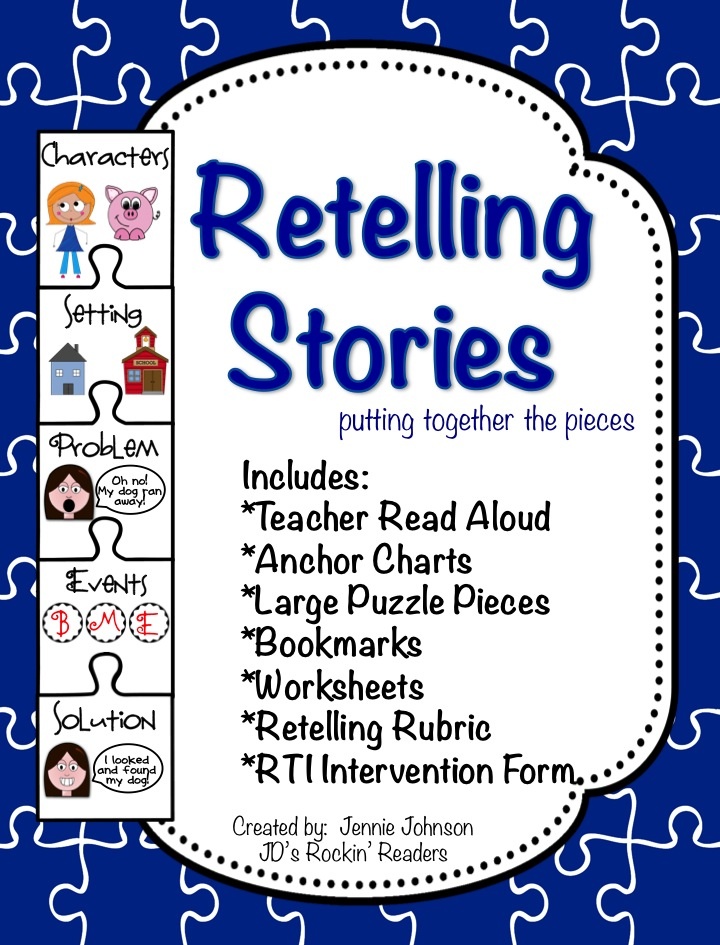 But, thanks to her, the vowels in the middle of the word are read exactly the same as they are pronounced in the alphabet, that is, the word name is read [neɪm].
But, thanks to her, the vowels in the middle of the word are read exactly the same as they are pronounced in the alphabet, that is, the word name is read [neɪm].
Types of reading English vowels in stressed syllables.
Reading vowel combinations in English
There are certain combinations of letters that have established reading rules, although English is the language of exceptions, and when reading more complex words, you should consult a dictionary. The table below shows combinations of English vowels with examples of , how they are read and what sound they make.
Table of vowel combinations in English.
And of course, there are exceptions to all rules. However, do not worry and think that you will never be able to learn it. Everything can be understood, you just need to try a little and practice.
English diphthongs with transcription
When you learn the basic rules of reading, you will see that in English there are diphthong sounds that are quite difficult to reproduce, especially if you start learning the language not from childhood, but in adulthood.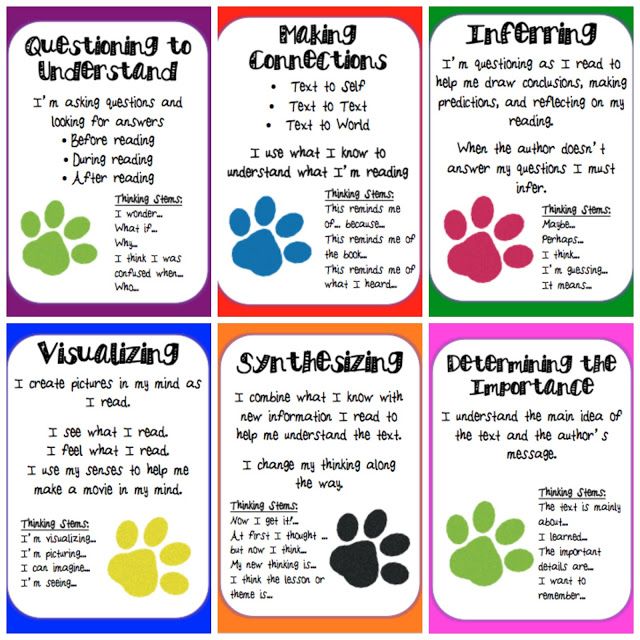
Table of English diphthongs with transcription.
Transcription of sounds in English
Practice shows that when children learn a language, they must necessarily study transcription, while adults do not want to learn it, and for them it can be difficult.
If you still want to learn how to write and read transcription, then great! And if not, then you can use online dictionaries where the word will be pronounced for you. One of the best dictionaries for today is Multitran and the online dictionary Lingvo.
Important!
Remember that it is necessary to use dictionaries, not translators!
Here is an example of reading short words with transcription:
Table of English vowel sounds and transcription.
The fact that we live in the age of the Internet has some advantages. Sitting at home, you can learn different knowledge online. To your attention video lesson , which explains the basic principles of reading.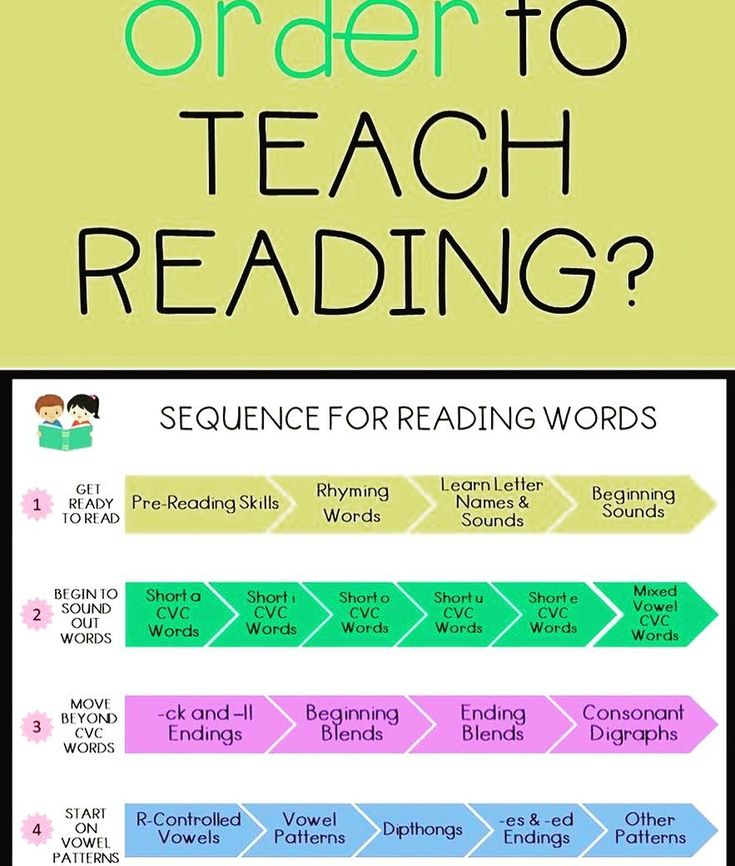 However, even after gaining knowledge through an online lesson, they need to be consolidated in order to form a skill.
However, even after gaining knowledge through an online lesson, they need to be consolidated in order to form a skill.
Tips on how to quickly learn to read English
In this section, we would like to share with you the experience that we gained in practice, teaching students of different levels. These tips have proven to be effective and useful in language learning. They can be used for levels from beginner to advanced. Use)
Learn English tongue twisters
Here tongue twisters can help you, which are often aimed at practicing one sound. Here are some examples you can use.
| English tongue twister | Russian translation |
|---|---|
| Whether the weather be fine, or whether the weather be not. Whether the weather be cold, or whether the weather be hot. 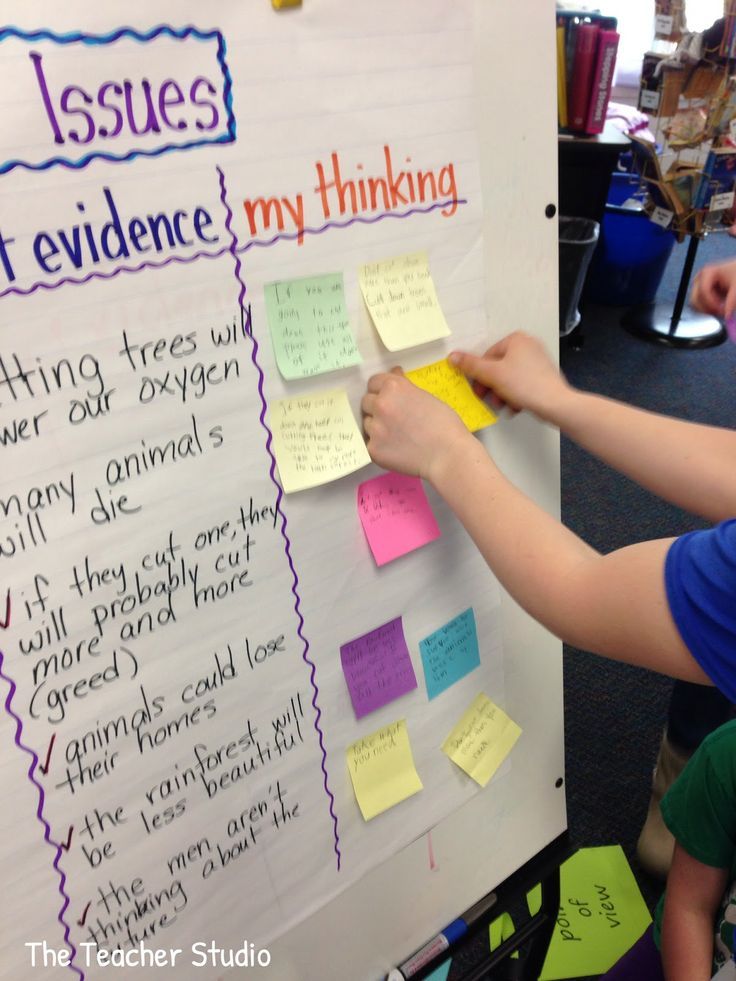 We'll weather the weather whether we like it or not. | The weather will be good or the weather will not be good. The weather will be cold or the weather will be hot. We will weather any weather whether we like it or not. |
| Three swiss witch-bitches, which wished to be switched swiss witch-bitches, watch three swiss Swatch watch switches. Which swiss witch-bitch', which wishes to be a switched swiss witch-bitch, wishes to watch which swiss Swatch switch? | Three Swiss bitch witches, wishing to change their gender, looking at the three buttons on the Swatch watch. What a swiss bitch witch wishing to change their gender, looking at which button on the watch "Swatch"? |
Do not worry that these are tongue twisters! At this stage, when you are just learning to read and practicing sounds, it is important to pronounce them correctly, albeit slowly.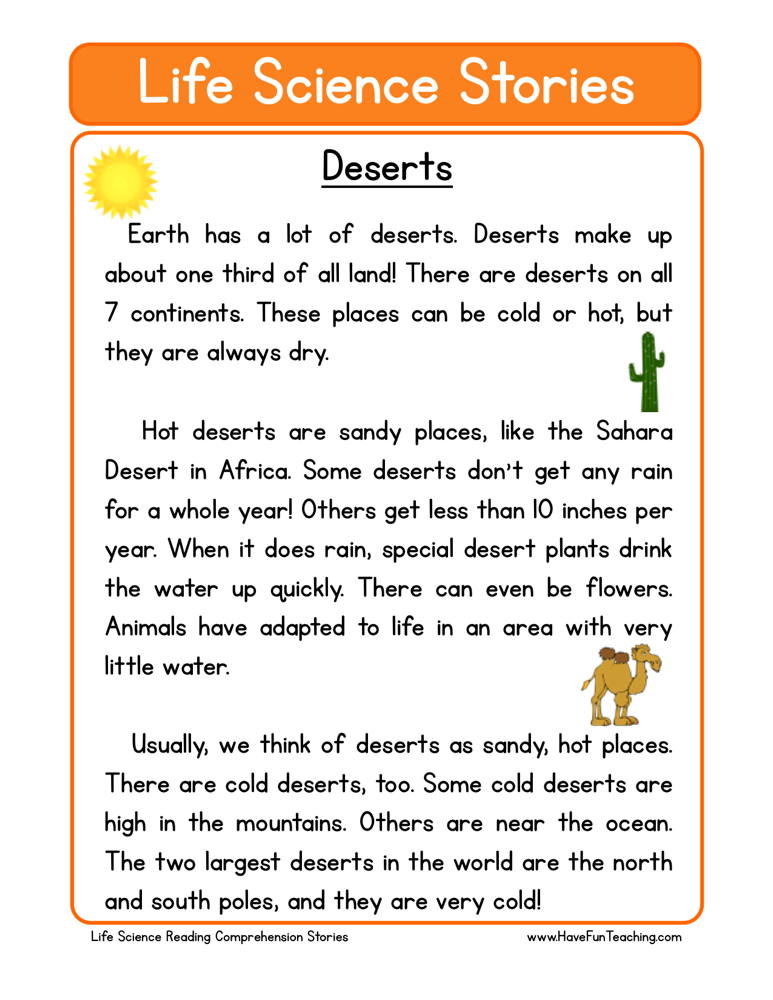 You can always speed up.
You can always speed up.
Learn to hear English speech
After learning the basic, basic rules of reading, you can use the method of repeating after the announcer. Your auditory memory will also work and you will hear how words are pronounced correctly and what intonation is in sentences.
For this you can use small dialogues and audiobooks for beginners. At this level, it will be ideal if the text is in front of your eyes, you listen, read and repeat at the same time!
You can use a great resource like Oxford bookworm Library for audiobooks for all levels. You can download the library for free here
For those who continue to learn English, we recommend learning the language from movies, which you can read about in the article "10 sites to learn English from movies"
Work on the pronunciation of
The ability to read is only the first step in learning a language. As well as learning grammar and vocabulary, learning how to pronounce and hear correctly is very important if you want to understand what is being said to you and say it so that you are understood. Especially if you're talking to a native speaker.
Especially if you're talking to a native speaker.
As we said a little above, one of the best ways is to listen carefully to native speakers and try to copy their pronunciation and intonation .
Pay special attention to sounds that are not in your native language. Often, English learners have a problem with the 'r' sound, as in Russian it is hard, while in English it is more guttural and growling.
There are also difficulties with the pronunciation of two sounds, which gives the combination of the letters ‘th’ . Students stubbornly pronounce it as 'c' and 'h'. Although it is worth paying attention that in such words as this, that, there this sound is said as between 'z' and 'd'. And in words like three, think, thief, it is pronounced as a sound between ‘f’ and ‘s’.
This may seem strange to you, since there are no such sounds in the Russian language, but if you listen to native speakers, you will understand that this is what they say.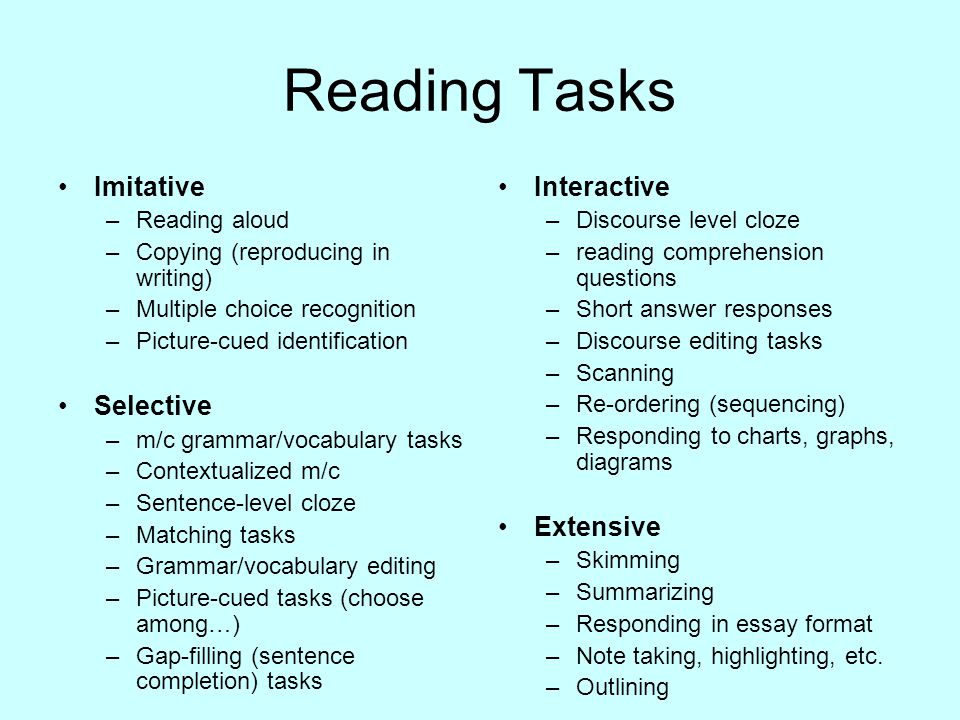
Don't worry if you can't get these words right the first time, it takes a little practice. But, try to learn correctly from the very beginning, because it will be more difficult when you are forced to relearn.
Learn to pronounce phrases in English correctly
In English, words in sentences are not pronounced separately, they often merge, as if into one whole, especially if it is a combination of vowel and consonant letters. Look and practice on these transcription examples.
| Phrase | Transcription | Translation |
|---|---|---|
| Look at those children. | /lʊkətðoʊzˈtʃɪldrən/ | Look at these children. |
| Turn off the TV. | /tɜrnəv ðətiː:viː:/ | Turn off the TV |
| Let's ask that man. | /lɛtsæsk ðət mæn/ | Let's ask this person. |
Don't open the window. | /doʊntoʊpənðəˈwɪndoʊ/ | Do not open the window. |
| Let's eat at home. | /lɛtsit əthoʊm/ | Let's eat at home. |
The same applies to phrases where one word ends with the letter 'r' and the next word begins with a vowel. In such cases, the 'r' sound is pronounced. Here are some examples:
| Phrase | Transcription | Translation |
|---|---|---|
| Here is your key. | /hɪriz yɔ ki:/ | Here is your key. |
| There is a cat on the sofa. | /ðɛrizəkæt ɔnðəˈsoʊfə/ | There is a cat on the sofa. |
| His car is red. | /hiz kɑr iz red/ | His car is red. |
Finally:
We hope that this article has helped you understand how you can and should start learning English, and you have become familiar with some useful resources.